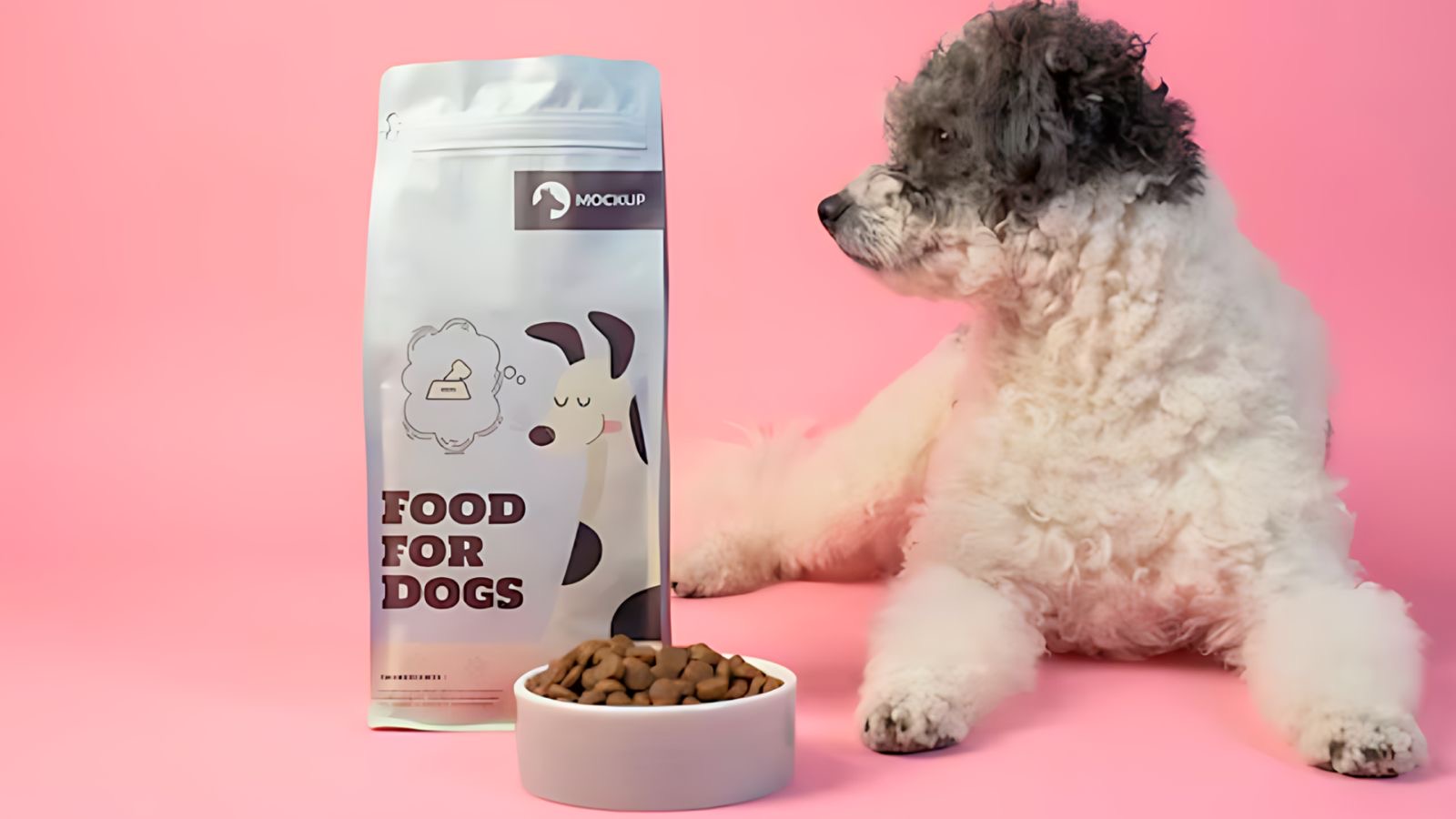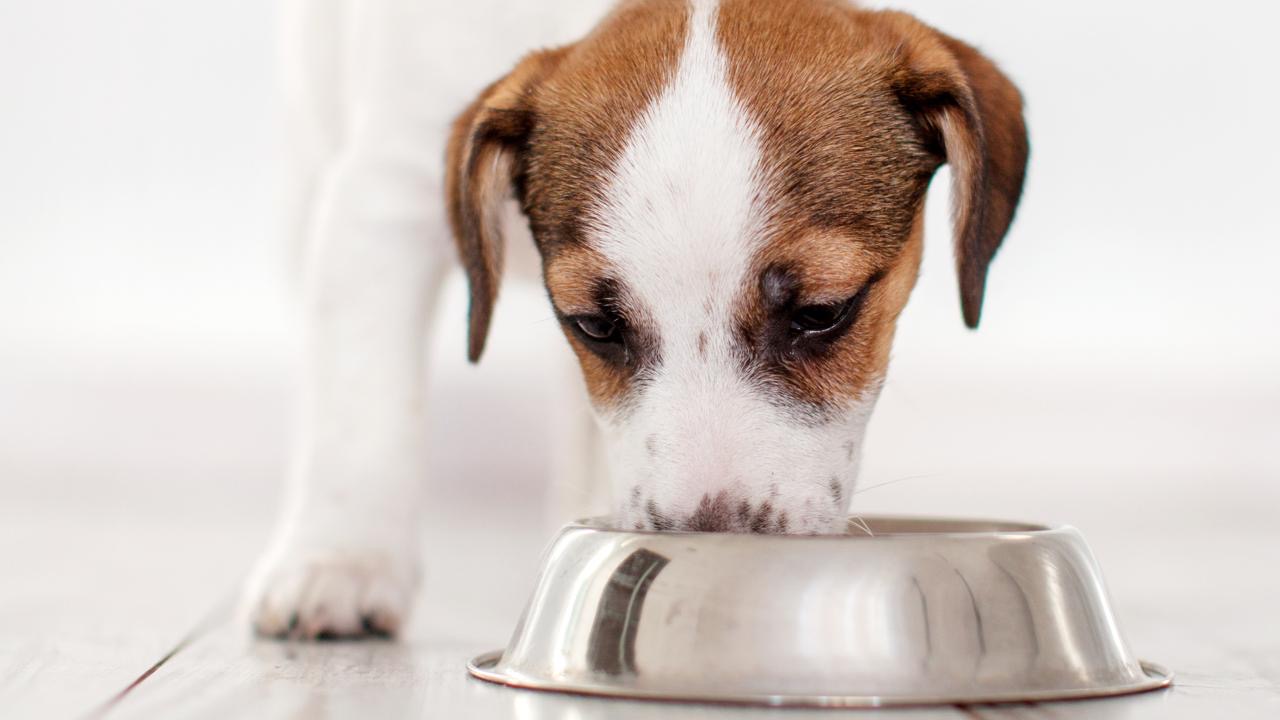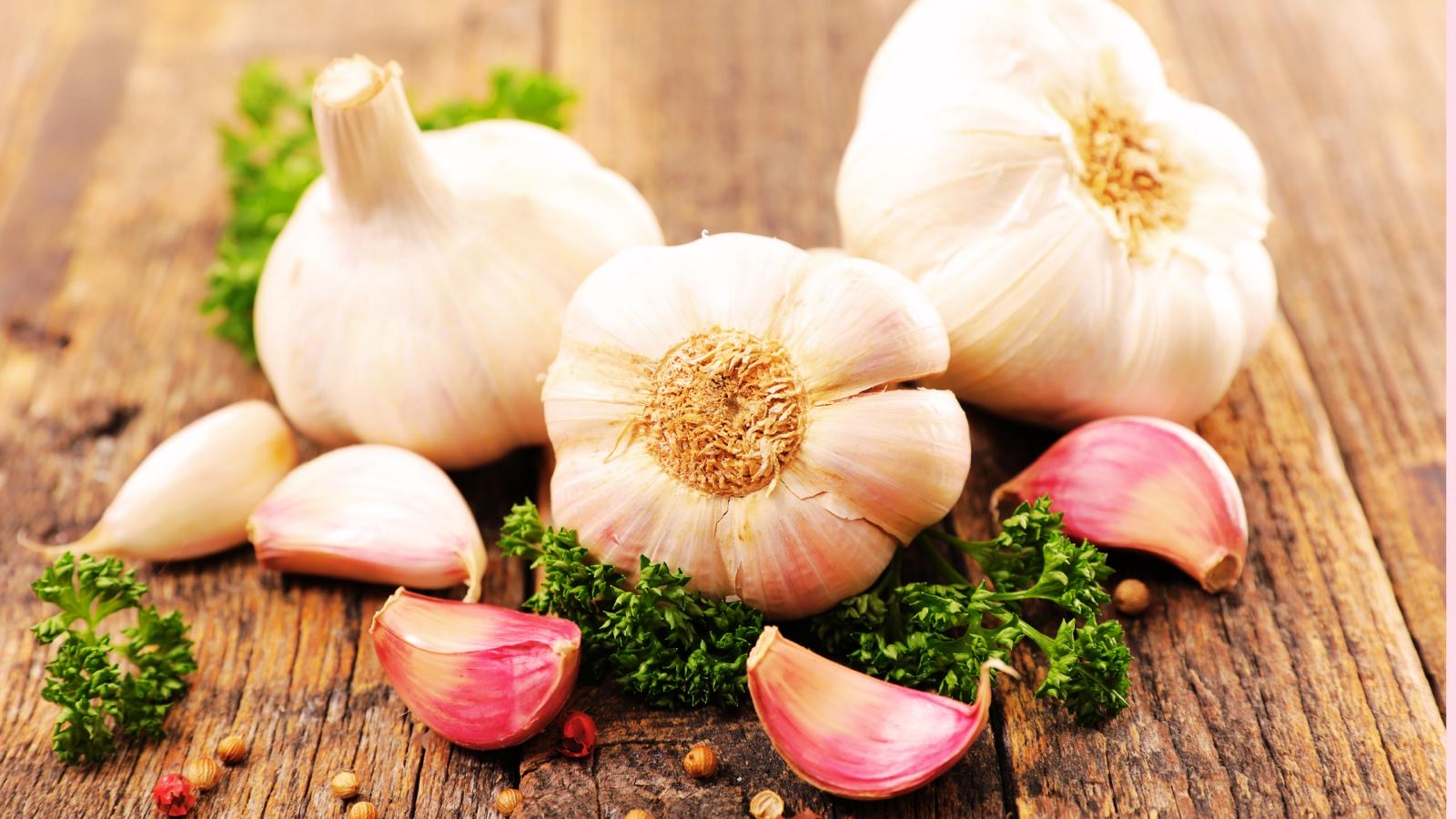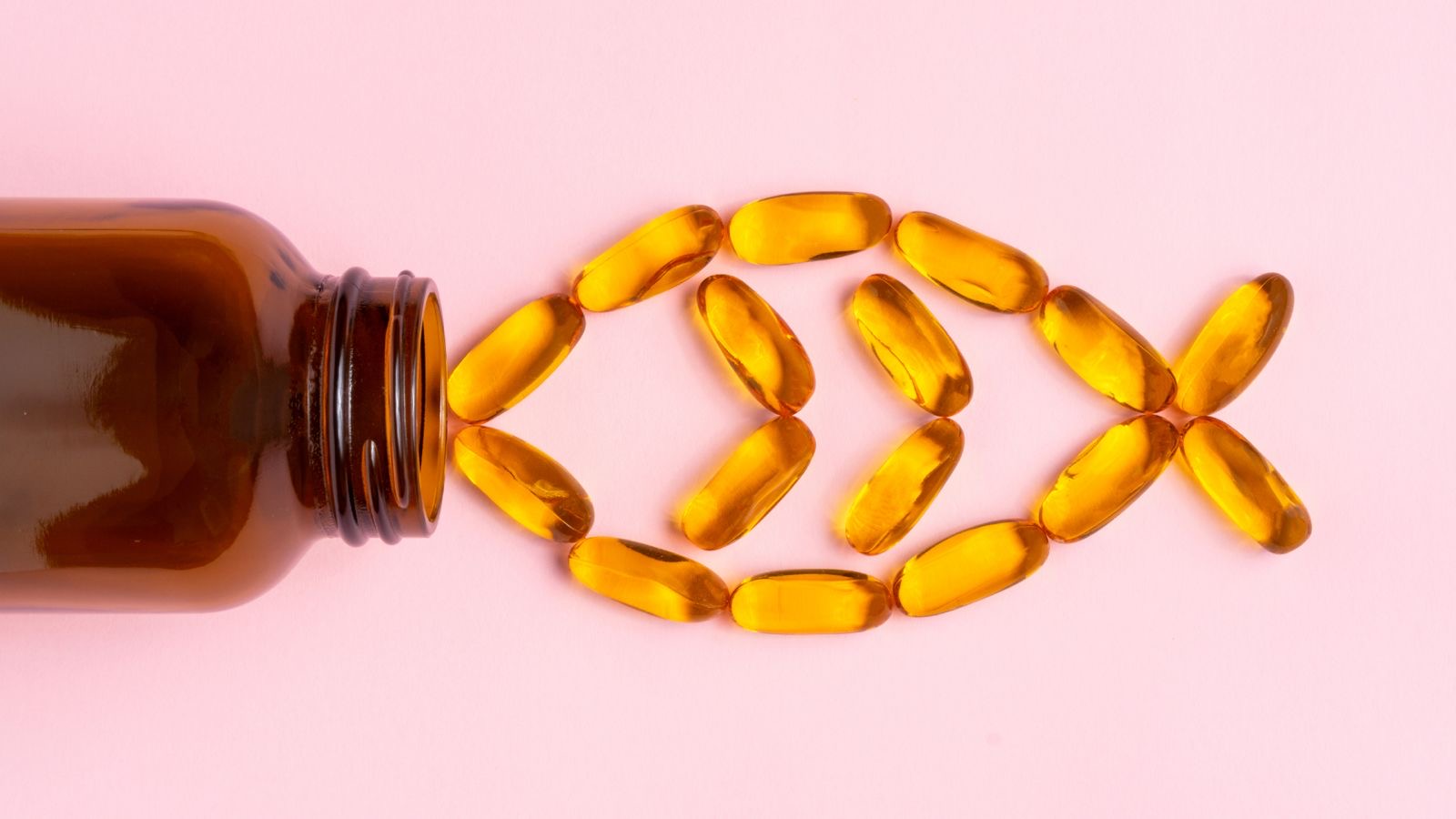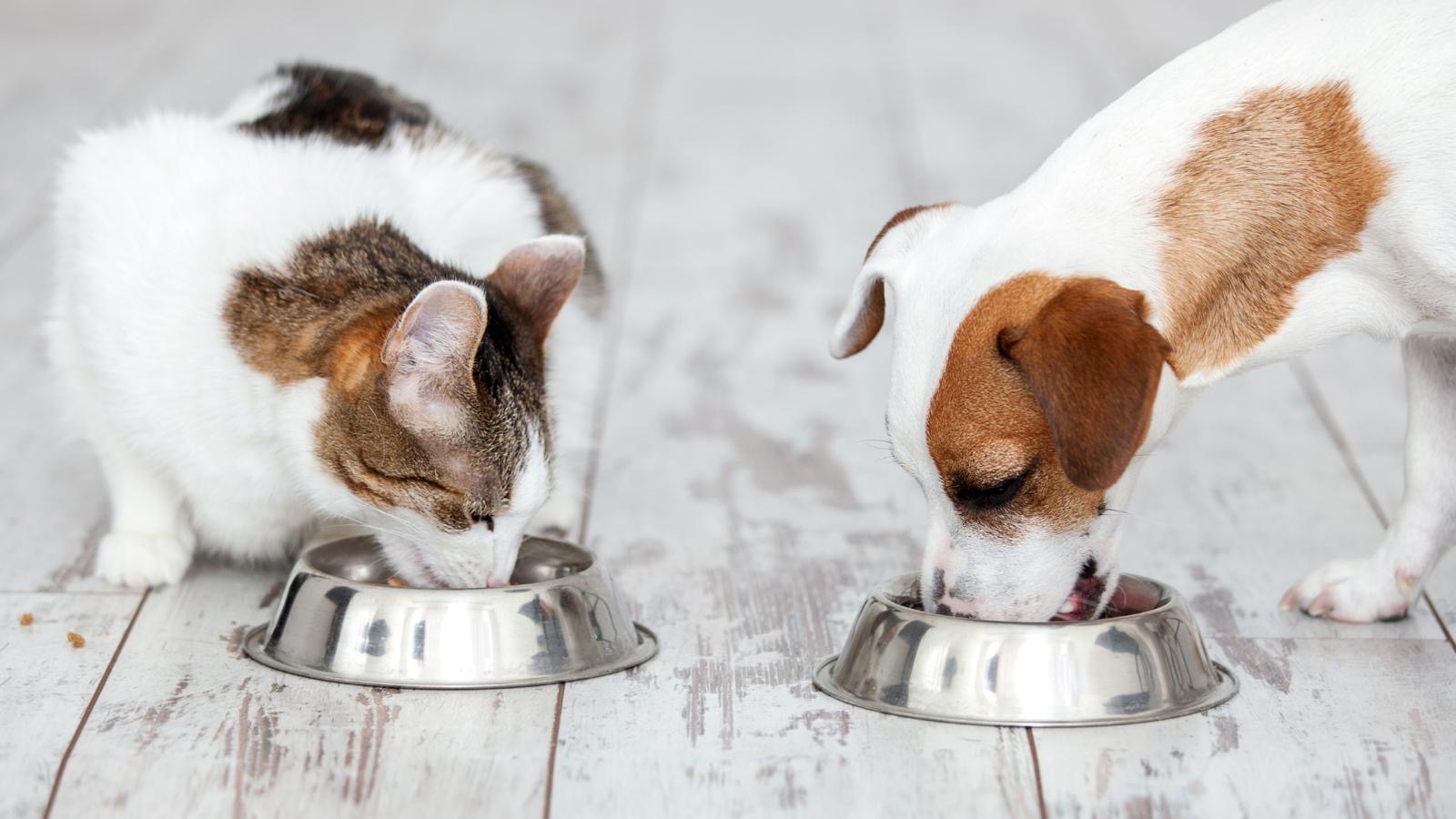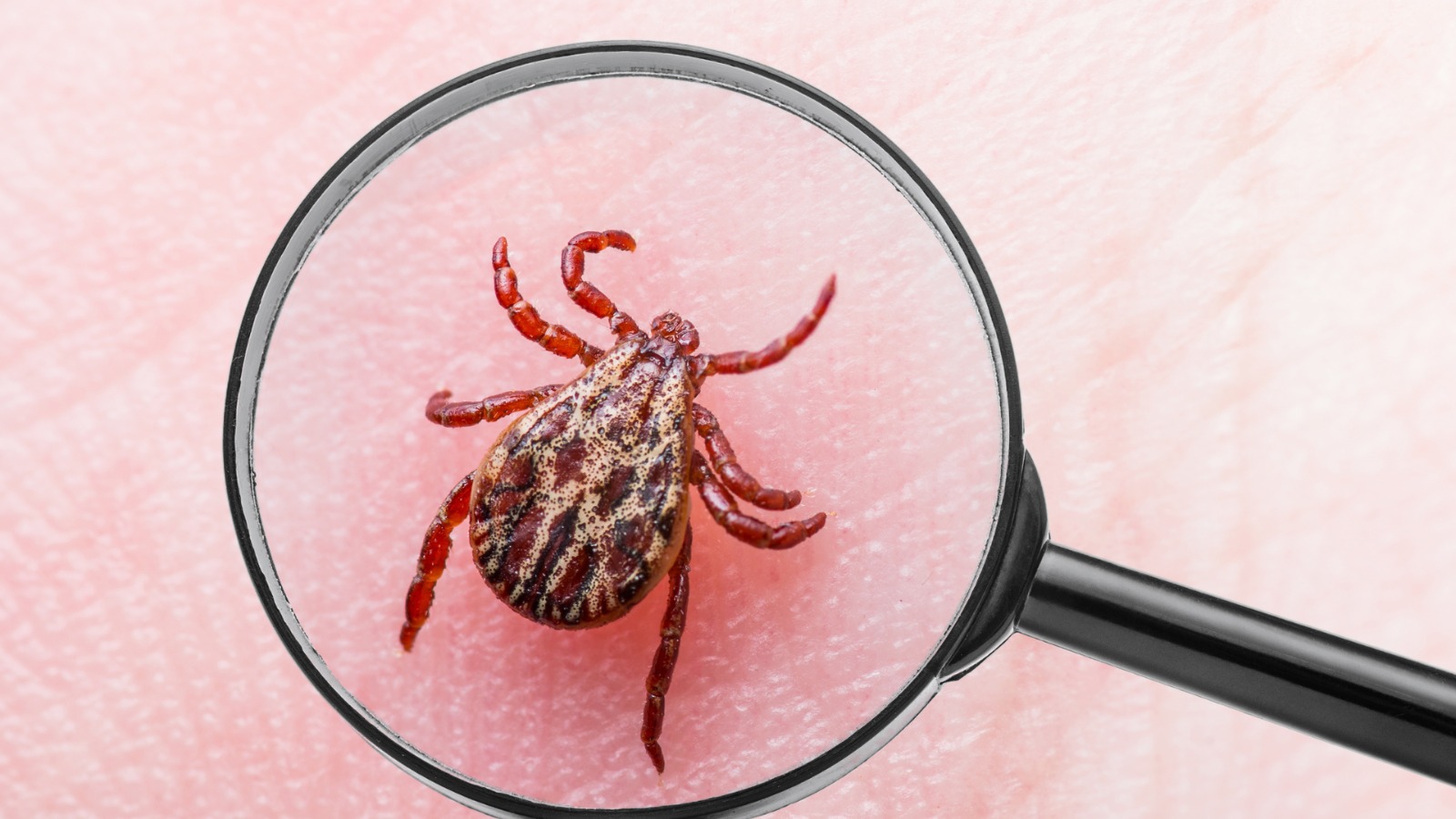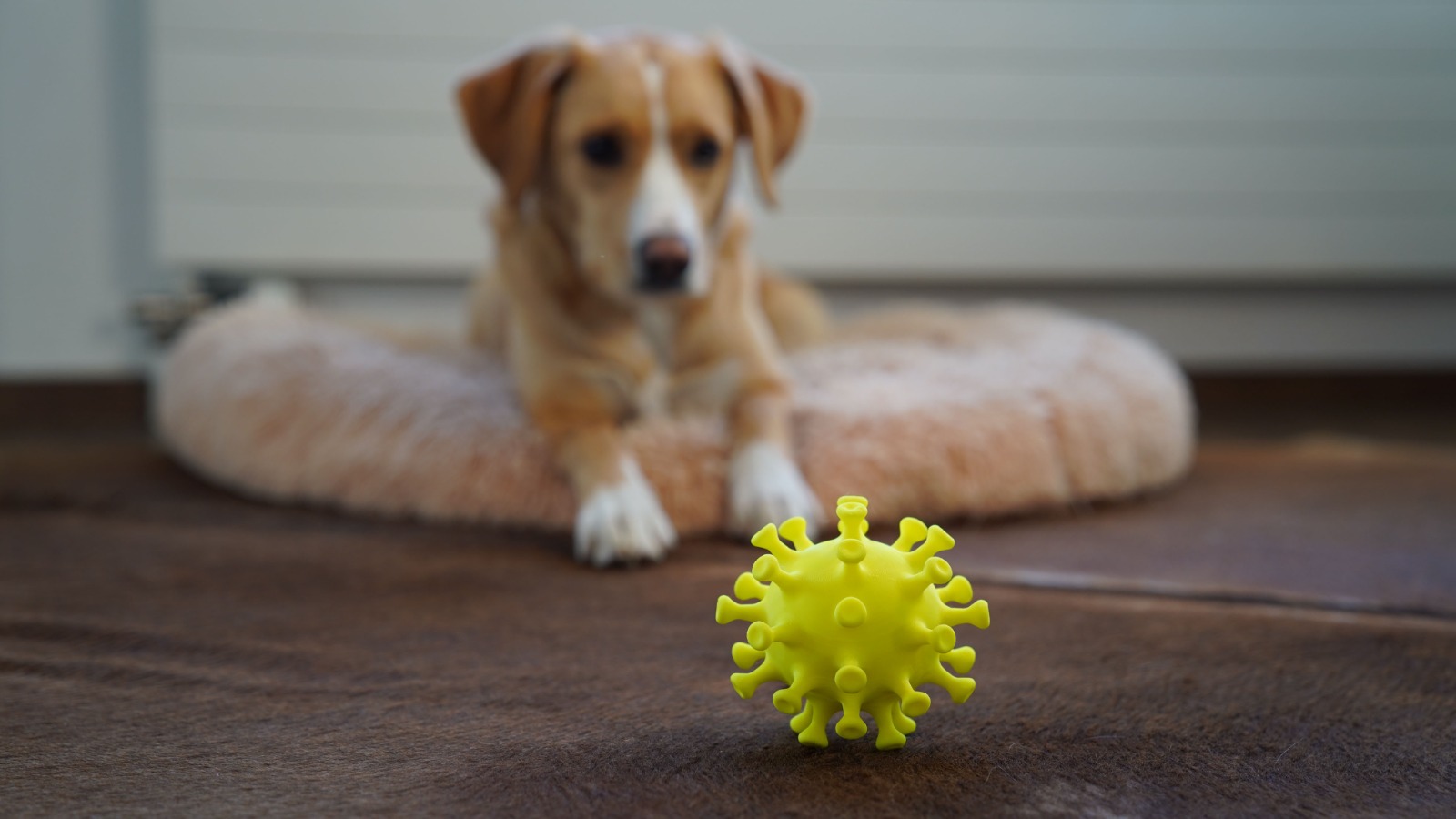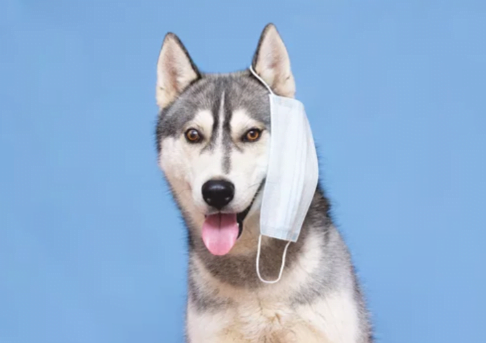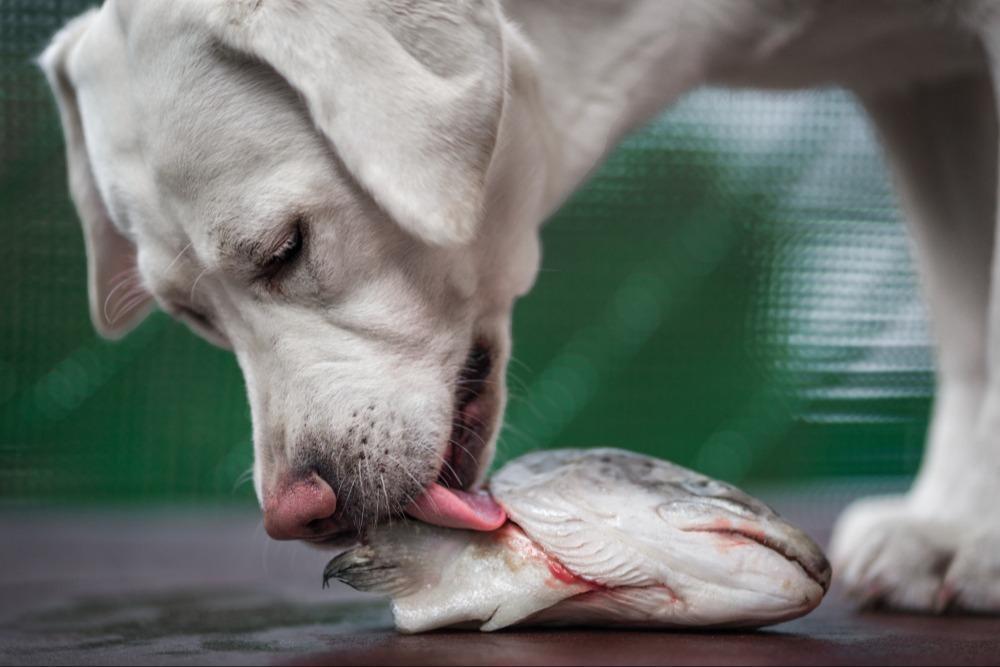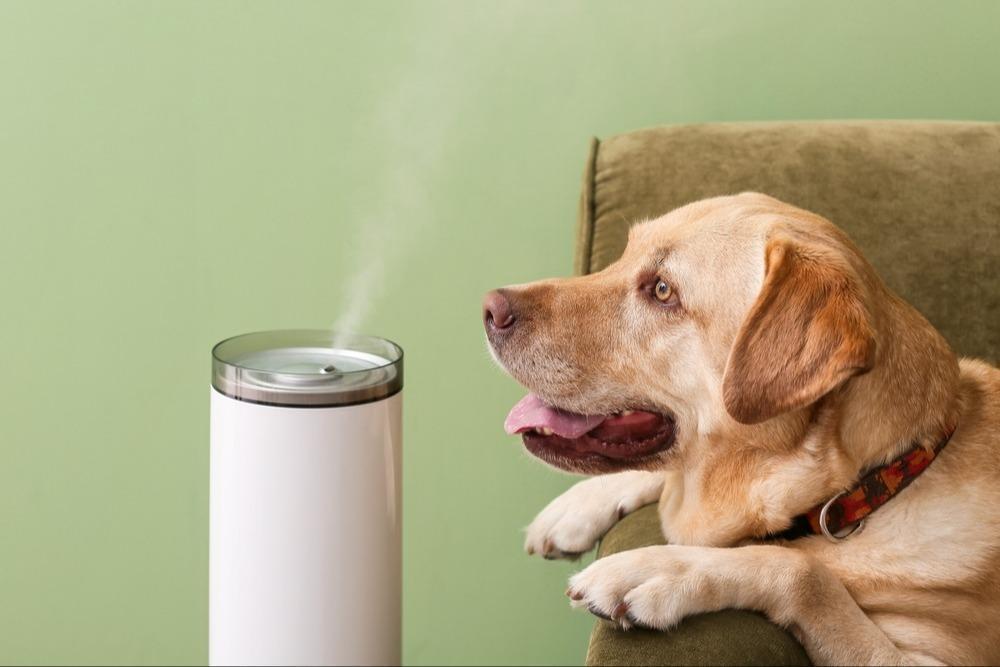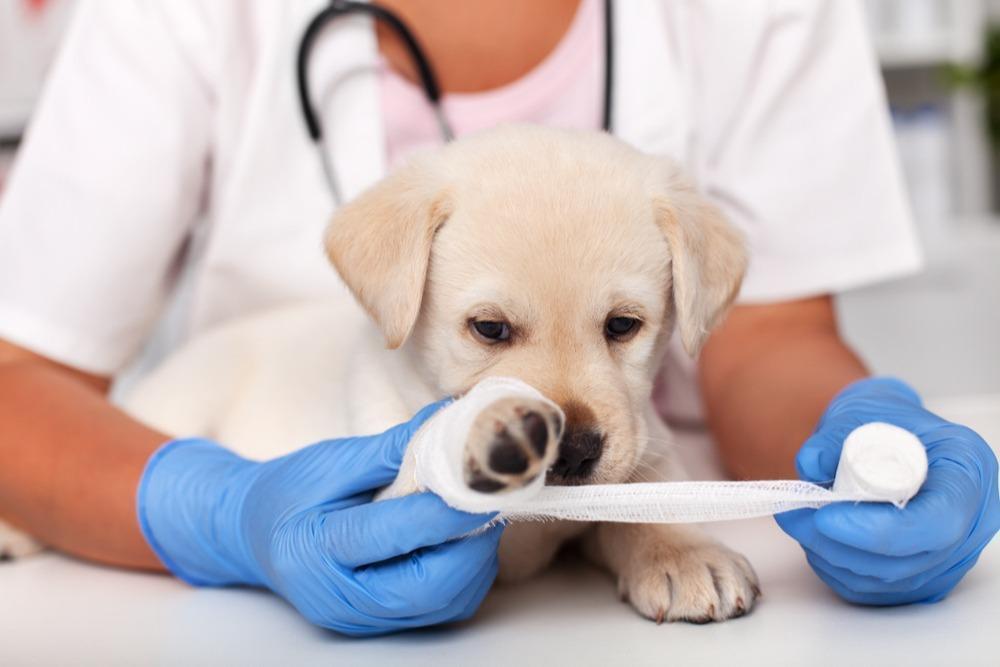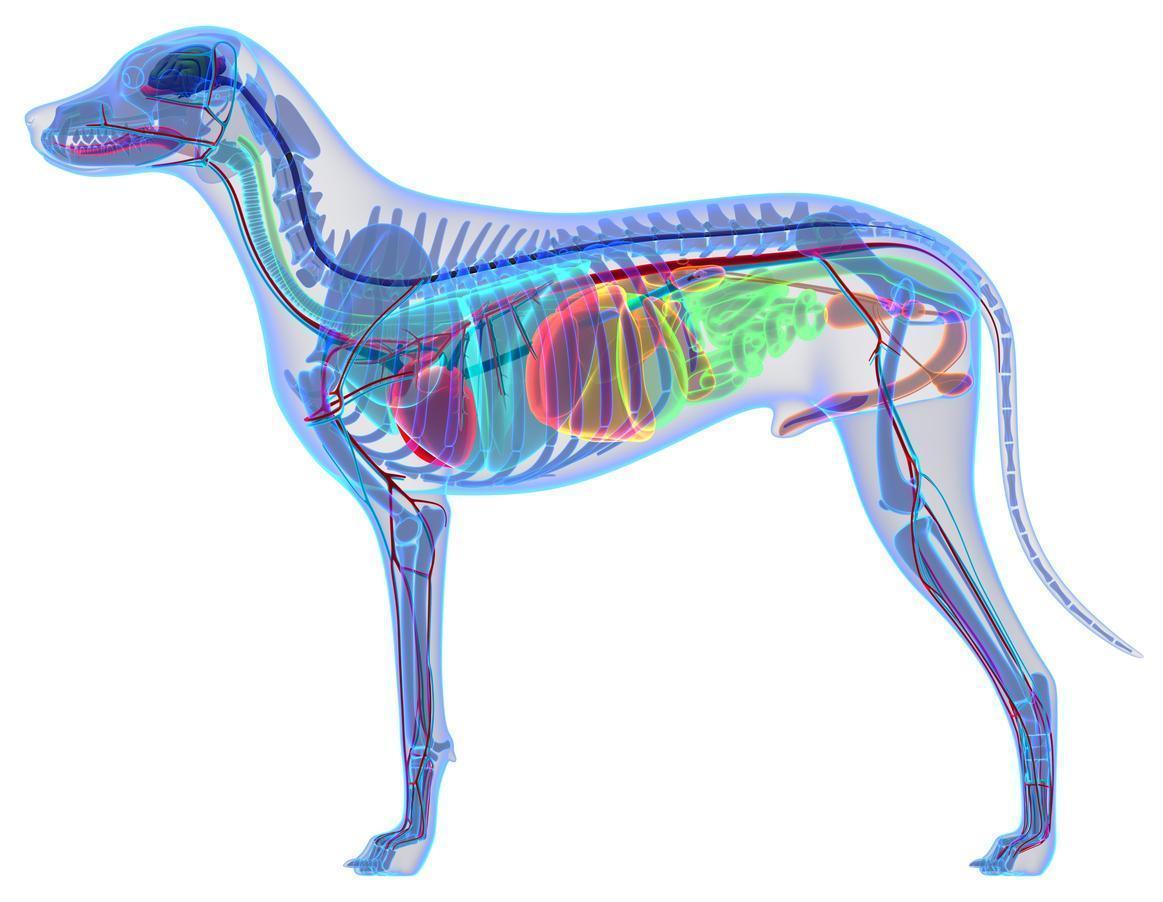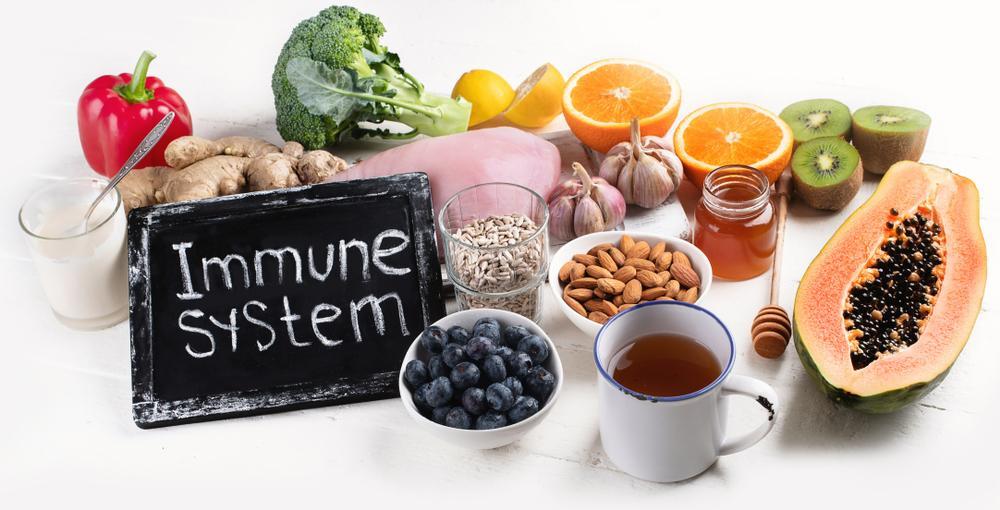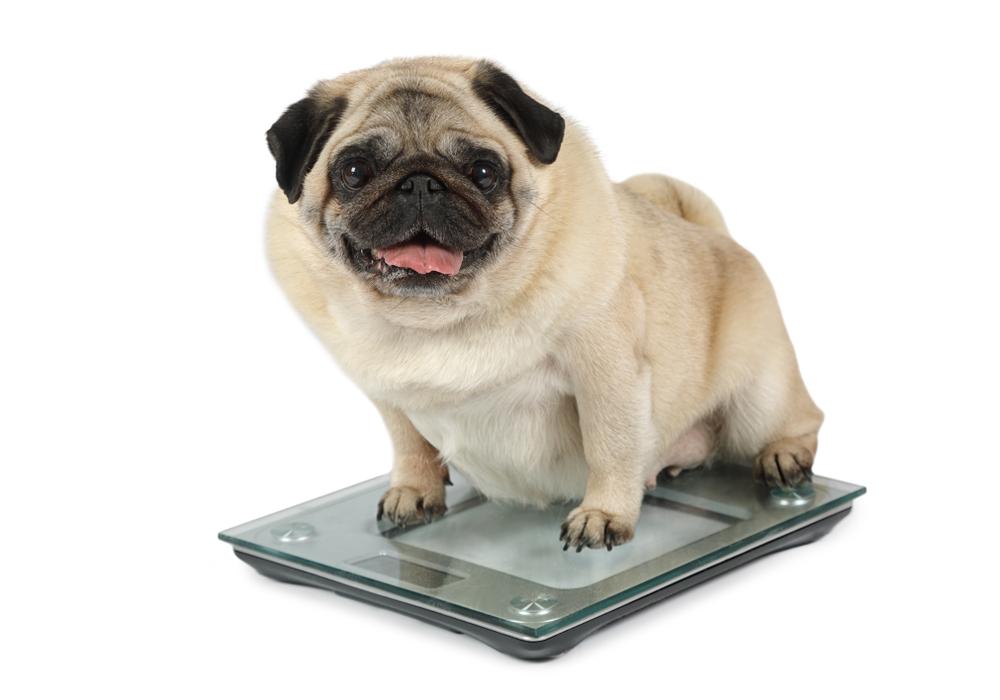-
£19.99

The Ins and Outs of Salmon Oil
- February 29, 2024
- 7 mins 40 secs
In this blog post, we will look in depth at a popular supplement; salmon oil. Salmon oil does come with it’s controversies among the dog community, so here at My Pet Nutritionist, we bring to you this blog, to help you understand more about salmon oil – what it is, it’s pros and cons, and how to pick a product – not all salmon oil products are equal!
The body is unable to produce Omega 3 Fatty Acids, as they are polyunsaturated, so adding omega 3 to our pets’ diets is extremely important.
Salmon oil is literally, the oil extracted from fresh salmon, as it’s name suggests. How is it harvested though? One may envision a salmon fillet being squeezed, however this isn’t quite how salmon oil is extracted!
There are a few methods for salmon oil extraction. Most traditionally, oily fish is subject to temperatures of between 90oC and 100oC, which releases the molecules of oil to be collected. Another traditional method is through the use of organic solvents and hydrolysis. Organic solvents can be very damaging to the environment, and potentially pose as a health risk too.
More recently, enzymatic hydrolysis was found to result in high yields of fish oil and can be carried out at much lower temperatures of 40oC to 65oC.
A study published in 2022 found that a new technology using an immobilised enzyme called Alcalase, crosslinked with a polymer known as Chitosan which coats magnetic nanoparticles, is effective at rapidly splitting amino groups from proteins. This method is bioavailable, biodegradable, safe for consumption, and economically beneficial, with the added bonus that the Alcalase enzyme can be reused. The study proved that the oil harvested using this method was of a higher quality than oil extracted through other methods, and the oil was less prone to oxidation.
Findings Here
Findings Here
Then we can move onto our cold pressed salmon oil – something some brands state on their packaging. Cold pressed salmon oil is extracted from fresh fish through means of mechanical force and low heat. The longevity of oil extracted this way is thought to be shorter than using Alcalase, as it can be much more prone to oxidation – we will talk more about oxidation later in this blog post. Cold pressing produces a very low yield, but a high quality oil.
Findings Here
Omega 3 is an incredibly important nutrient to add to your pet’s diet, as we mentioned earlier in this blog post! The anti-inflammatory effect is essential for everything from heart health to cognitive ability and health, to eye health, recovery and prevention from injury, skin health and more. The natural meat based diet of our dogs and cats can be naturally high in omega 6, especially when using meat from farmed sources. Two types of omega 6 (Linolenic Acid (LA) and Arachidonic Acid (ARA)) are inflammatory. Inflammation in the body is bad news – we want to balance this inflammation out or eradicate it completely by adding healthy sources of the anti-inflammatory Omega 3 into the diet.
Salmon oil can massively benefit your pet’s brain health, and reduce general inflammation in the body which could be causing anything from itching to heart disease to pancreatitis. Sources of DHA are particularly important for puppies, kittens, and seniors too, as cognitive health and development is most important at these ages. The anti inflammatory properties of salmon oil are also greatly beneficial to pets requiring additional joint support.
Findings Here
Skin and eye health are also greatly benefited through the use of high quality fish oils and other omega sources. This is once again, linked back to the anti-inflammatory properties of such supplements.
Findings Here
Human based studies show that salmon oil supplementation can lower the amount of triglycerides in the blood, and increase the level of HDL Cholesterol. As with most things, these studies can be a great backbone for care of our pets too! Triglycerides are ‘bad’ fats which can be linked to heart disease, so reducing these in the blood is essential, and can help to protect the heart. HDL Cholesterol is the ‘good’ stuff, helping also to protect the heart.
Findings Here
While we are on the topic of blood and how the consumption of EPA and DHA rich supplements like salmon oil can improve it, we can look at blood flow rates.
Findings Here
As we just mentioned, blood flow can be improved through supplementing the diet with salmon oil, or other sources of DHA and EPA. This can help fertility in those wishing to breed too! The testicular blood flow of a dog has been shown to dramatically improve when given these supplements, which in turn improves semen quality and testosterone levels. Furthermore, for the owners of female pets among us who are pregnant, feeding high quality sources of DHA and EPA can improve fetal development and ultimately lead to healthier litters.
Findings Here
Findings Here
Some animal based studies suggest that supplementation with salmon oil can help in weight maintenance, as the body is ‘satisfied’ with the fat consumption, leaving it unable to accumulate excess body fat.
Findings Here
Finally, salmon oil is high in Vitamin D. Around 75% of dogs are deficient in Vitamin D, which is essential for regulation of phosphorus and calcium in the body, and in turn keeping bones, muscles and teeth healthy. While offal is a great source of Vitamin D, it doesn’t contain quite enough to meet the required guideline amount for dogs, so adding salmon oil could be very beneficial here too!
Findings Here
Let’s take a look at the worry with some salmon oil products, and where the controversies stem from.
Salmon oil, like many fish oils, is notoriously unstable. It oxidises almost as soon as the seal on the bottle or pump is broken – this is when it is first exposed to air. Oxidised salmon oil, is rancid! When the oil oxidises, free radicals are produced. Free radicals are unstable molecules that cause oxidative stress. Oxidative stress leads to various health conditions including:
Findings Here
The level of Omega 3 in salmon oil degrades with warmth too – meaning once at room temperature or warmer, the oil becomes less beneficial.
Findings Here
Wild fish may sadly be contaminated with toxins on the skin and in the flesh due to toxins in the sea. Environmental toxins called Furans and Dioxins are common in the areas wild salmon are raised, and when consumed, accumulate in the body’s tissues. These can cause cancer, hormone disruption, and damage to the immune system. The heavy metal contamination risk can be quite high in both wild caught and farmed fish. Traces of mercury, cadmium, lead and arsenic can sometimes be found in samples of salmon and some other fish. When looking at farmed fish, more contamination risks become apparent – they are often fed on ground up fish carcasses, which sadly introduces industrial chemicals known as Polychlorinated Biphenyls. Salmon used for salmon oil production are very often farmed, so this is something to bear in mind.
Findings Here
Findings Here
As you can imagine, if you decide to use salmon oil for your pet, with it’s many benefits, it’s important to pick a high quality oil, and store it correctly, which we will discuss next.
Liquid or capsules? We would always recommend capsules, as the salmon oil is not directly exposed to the air. They’re also super easy to feed! Storing your salmon oil correctly is also very important. Once you open a bottle of liquid salmon oil, you should store it I the fridge to avoid thermal degradation of the omegas. If you buy capsules of salmon oil, these are best kept I the fridge – this keeps them free from oxidisation. The NOW Foods salmon oil capsules are great quality, and feature in our recipes!
The bottle the oil is sold in is one of the factors to look at! As oxidisation is so quick to occur in salmon oil, and dangerous with it too, the material of the bottle matters! You may come across salmon oil stored in plastic containers, or in glass containers. Always opt for glass! Air molecules are actually able to reach the salmon oil through the walls of plastic bottles, but not glass.
If you are unsure on the quality of oils, there are things you can ask the manufacturers of the products – ask them how soon after extraction the product is bottled and sealed. The shorter the amount of time between extraction and bottling, the better! You can also ask the, to provide a copy of their Certificate of Analysis (COA) which will tell you if the oil is contaminated with any toxins/environmental pollutants like Furans and Dioxins.
When you include salmon oil in the diet, try to use it as part of your pet’s omega intake, but not the only source. Each different source contains different omegas, so try to vary sources throughout the week – tinned sardines or mackerel, raw eggs, krill oil, and algae oil are all great options!
We hope our readers have found this blog post useful, and understand more about salmon oil in order to make an informed decision on whether to use it or not, and also on how to select a salmon oil product. If you would like information on improving your healthy pet’s diet and lifestyle, you may benefit from our Optimise consultations for either cats, or dogs.
Team MPN x
What Is Salmon Oil, and How is it Extracted?
Salmon is a known as an ‘oily fish’. Oily fish are very high in fatty acids, more specifically Omega 3 Fatty Acids. There are various types of omega 3, but salmon oil is high in two types:- Eicosapentaenoic Acid (EPA): reduces inflammation
- Docosahexaenoic Acid (DHA): aids cognitive health and development
The body is unable to produce Omega 3 Fatty Acids, as they are polyunsaturated, so adding omega 3 to our pets’ diets is extremely important.
Salmon oil is literally, the oil extracted from fresh salmon, as it’s name suggests. How is it harvested though? One may envision a salmon fillet being squeezed, however this isn’t quite how salmon oil is extracted!
There are a few methods for salmon oil extraction. Most traditionally, oily fish is subject to temperatures of between 90oC and 100oC, which releases the molecules of oil to be collected. Another traditional method is through the use of organic solvents and hydrolysis. Organic solvents can be very damaging to the environment, and potentially pose as a health risk too.
More recently, enzymatic hydrolysis was found to result in high yields of fish oil and can be carried out at much lower temperatures of 40oC to 65oC.
A study published in 2022 found that a new technology using an immobilised enzyme called Alcalase, crosslinked with a polymer known as Chitosan which coats magnetic nanoparticles, is effective at rapidly splitting amino groups from proteins. This method is bioavailable, biodegradable, safe for consumption, and economically beneficial, with the added bonus that the Alcalase enzyme can be reused. The study proved that the oil harvested using this method was of a higher quality than oil extracted through other methods, and the oil was less prone to oxidation.
Findings Here
Findings Here
Then we can move onto our cold pressed salmon oil – something some brands state on their packaging. Cold pressed salmon oil is extracted from fresh fish through means of mechanical force and low heat. The longevity of oil extracted this way is thought to be shorter than using Alcalase, as it can be much more prone to oxidation – we will talk more about oxidation later in this blog post. Cold pressing produces a very low yield, but a high quality oil.
Findings Here
Benefits of Salmon Oil
There are both benefits, and disadvantages to using salmon oil for your pet. Let’s discuss the benefits first, before we move on to the disadvantages.Omega 3 is an incredibly important nutrient to add to your pet’s diet, as we mentioned earlier in this blog post! The anti-inflammatory effect is essential for everything from heart health to cognitive ability and health, to eye health, recovery and prevention from injury, skin health and more. The natural meat based diet of our dogs and cats can be naturally high in omega 6, especially when using meat from farmed sources. Two types of omega 6 (Linolenic Acid (LA) and Arachidonic Acid (ARA)) are inflammatory. Inflammation in the body is bad news – we want to balance this inflammation out or eradicate it completely by adding healthy sources of the anti-inflammatory Omega 3 into the diet.
Salmon oil can massively benefit your pet’s brain health, and reduce general inflammation in the body which could be causing anything from itching to heart disease to pancreatitis. Sources of DHA are particularly important for puppies, kittens, and seniors too, as cognitive health and development is most important at these ages. The anti inflammatory properties of salmon oil are also greatly beneficial to pets requiring additional joint support.
Findings Here
Skin and eye health are also greatly benefited through the use of high quality fish oils and other omega sources. This is once again, linked back to the anti-inflammatory properties of such supplements.
Findings Here
Human based studies show that salmon oil supplementation can lower the amount of triglycerides in the blood, and increase the level of HDL Cholesterol. As with most things, these studies can be a great backbone for care of our pets too! Triglycerides are ‘bad’ fats which can be linked to heart disease, so reducing these in the blood is essential, and can help to protect the heart. HDL Cholesterol is the ‘good’ stuff, helping also to protect the heart.
Findings Here
While we are on the topic of blood and how the consumption of EPA and DHA rich supplements like salmon oil can improve it, we can look at blood flow rates.
Findings Here
As we just mentioned, blood flow can be improved through supplementing the diet with salmon oil, or other sources of DHA and EPA. This can help fertility in those wishing to breed too! The testicular blood flow of a dog has been shown to dramatically improve when given these supplements, which in turn improves semen quality and testosterone levels. Furthermore, for the owners of female pets among us who are pregnant, feeding high quality sources of DHA and EPA can improve fetal development and ultimately lead to healthier litters.
Findings Here
Findings Here
Some animal based studies suggest that supplementation with salmon oil can help in weight maintenance, as the body is ‘satisfied’ with the fat consumption, leaving it unable to accumulate excess body fat.
Findings Here
Finally, salmon oil is high in Vitamin D. Around 75% of dogs are deficient in Vitamin D, which is essential for regulation of phosphorus and calcium in the body, and in turn keeping bones, muscles and teeth healthy. While offal is a great source of Vitamin D, it doesn’t contain quite enough to meet the required guideline amount for dogs, so adding salmon oil could be very beneficial here too!
Findings Here
Let’s take a look at the worry with some salmon oil products, and where the controversies stem from.
Disadvantages of Salmon Oil
Now onto the disadvantages of salmon oil for your pets. This is largely down to the extraction method, the quality of the oil, and how it is packaged and stored.Salmon oil, like many fish oils, is notoriously unstable. It oxidises almost as soon as the seal on the bottle or pump is broken – this is when it is first exposed to air. Oxidised salmon oil, is rancid! When the oil oxidises, free radicals are produced. Free radicals are unstable molecules that cause oxidative stress. Oxidative stress leads to various health conditions including:
- Premature ageing
- Heart disease
- Liver disease
- Kidney disease
- Cognitive decline
- Joint disease
- Cancer
Findings Here
The level of Omega 3 in salmon oil degrades with warmth too – meaning once at room temperature or warmer, the oil becomes less beneficial.
Findings Here
Wild fish may sadly be contaminated with toxins on the skin and in the flesh due to toxins in the sea. Environmental toxins called Furans and Dioxins are common in the areas wild salmon are raised, and when consumed, accumulate in the body’s tissues. These can cause cancer, hormone disruption, and damage to the immune system. The heavy metal contamination risk can be quite high in both wild caught and farmed fish. Traces of mercury, cadmium, lead and arsenic can sometimes be found in samples of salmon and some other fish. When looking at farmed fish, more contamination risks become apparent – they are often fed on ground up fish carcasses, which sadly introduces industrial chemicals known as Polychlorinated Biphenyls. Salmon used for salmon oil production are very often farmed, so this is something to bear in mind.
Findings Here
Findings Here
As you can imagine, if you decide to use salmon oil for your pet, with it’s many benefits, it’s important to pick a high quality oil, and store it correctly, which we will discuss next.
Picking and Storing Salmon Oil
It may seem simple, with so many salmon oil products on the pet market – just grab one and pump or pour it onto your pets food using the convenient serving method on the bottle, right? This is certainly not something we would recommend! There are many variants to consider when sourcing your ideal salmon oil product!Liquid or capsules? We would always recommend capsules, as the salmon oil is not directly exposed to the air. They’re also super easy to feed! Storing your salmon oil correctly is also very important. Once you open a bottle of liquid salmon oil, you should store it I the fridge to avoid thermal degradation of the omegas. If you buy capsules of salmon oil, these are best kept I the fridge – this keeps them free from oxidisation. The NOW Foods salmon oil capsules are great quality, and feature in our recipes!
The bottle the oil is sold in is one of the factors to look at! As oxidisation is so quick to occur in salmon oil, and dangerous with it too, the material of the bottle matters! You may come across salmon oil stored in plastic containers, or in glass containers. Always opt for glass! Air molecules are actually able to reach the salmon oil through the walls of plastic bottles, but not glass.
If you are unsure on the quality of oils, there are things you can ask the manufacturers of the products – ask them how soon after extraction the product is bottled and sealed. The shorter the amount of time between extraction and bottling, the better! You can also ask the, to provide a copy of their Certificate of Analysis (COA) which will tell you if the oil is contaminated with any toxins/environmental pollutants like Furans and Dioxins.
Using Salmon Oil
Always check your oils before each feed! How can you tell if your salmon oil is rancid? If your oil smells at all fishy, this is a sign it has gone rancid already! Salmon oil should not smell fishy. If your oil does smell fishy, we recommend discarding it, and searching for a more suitable brand.When you include salmon oil in the diet, try to use it as part of your pet’s omega intake, but not the only source. Each different source contains different omegas, so try to vary sources throughout the week – tinned sardines or mackerel, raw eggs, krill oil, and algae oil are all great options!
We hope our readers have found this blog post useful, and understand more about salmon oil in order to make an informed decision on whether to use it or not, and also on how to select a salmon oil product. If you would like information on improving your healthy pet’s diet and lifestyle, you may benefit from our Optimise consultations for either cats, or dogs.
Team MPN x
Customer Reviews
Related articles

Dietary NeedsGeneral Health
Do Indoor Cats Have Different Needs to Outdoor Cats?
Jul 05 2024
•
7 mins 50 secs

Dietary NeedsGeneral Health
How To Support Your Dog’s Brain Health
Jun 27 2024
•
11 mins 55 secs

Dietary NeedsGeneral Health
5 Reasons Why Your Dog May Have Diarrhoea
Jun 20 2024
•
5 mins 55 secs

Dietary NeedsGeneral Health
Pooh Guide for Dogs: What’s Good, and What’s Not
May 16 2024
•
9 mins 15 secs

Dietary NeedsGeneral Health
How to Choose the Best Omega Oil for Pets
May 03 2024
•
12 mins 45 secs

Dietary NeedsGeneral Health
How to Avoid Environmental Hazardous Exposure in Pets – Part 2
Apr 25 2024
•
16 mins
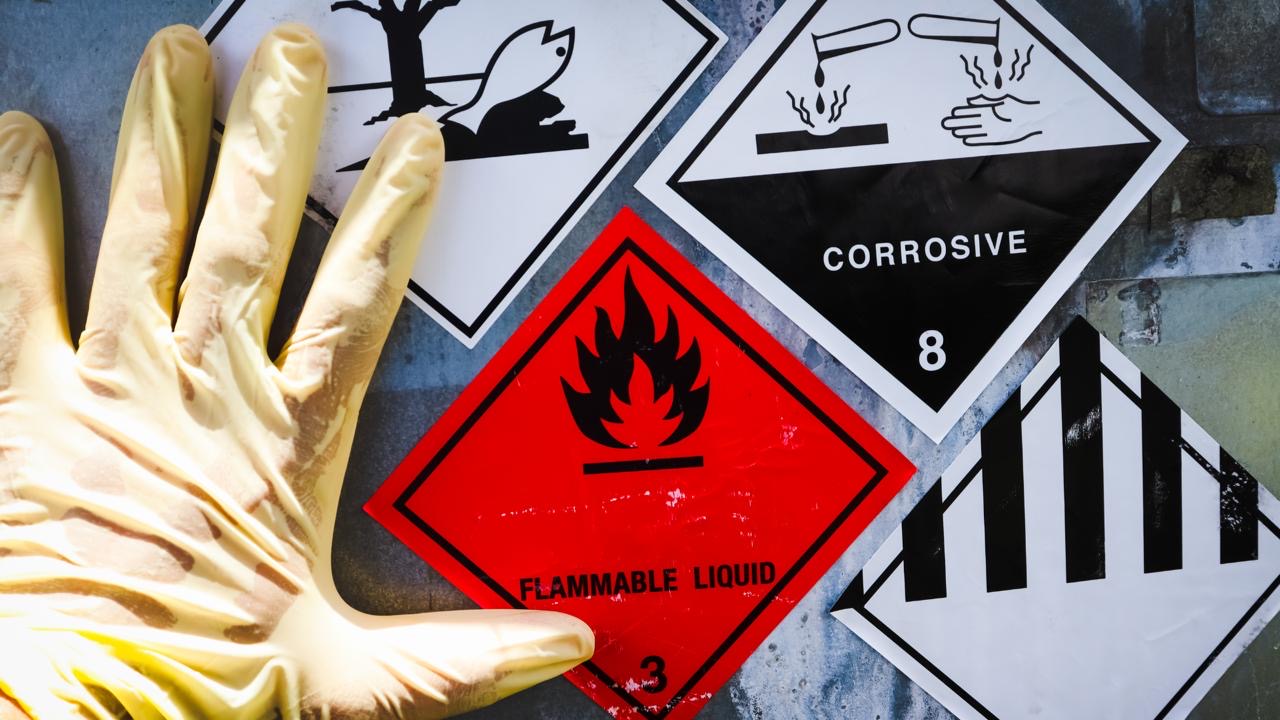
Dietary NeedsGeneral Health
How To Avoid Environmental Hazardous Exposure in Pets – Part 1
Apr 19 2024
•
9 mins 40 secs

Dietary NeedsGeneral Health
The Ultimate Guide on Parasites: Part 2 – Internal Parasites
Feb 17 2024
•
16 mins
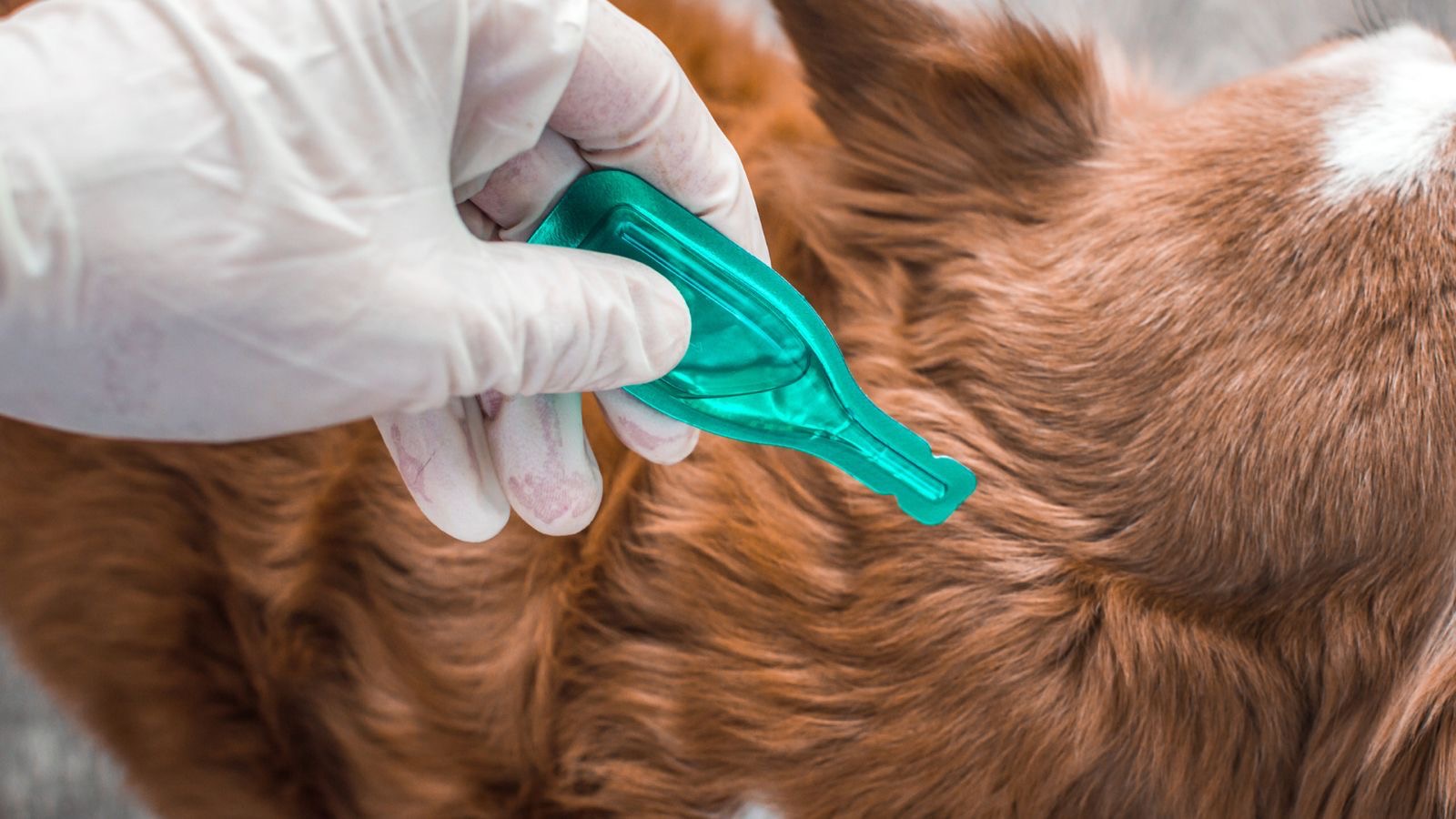
Dietary NeedsGeneral Health
The Ultimate Guide on Parasites – Part 1: External Parasites
Feb 16 2024
•
11 mins 40 secs

Dietary NeedsGeneral Health
The Skinny on Blueberries for Dogs
Jan 31 2024
•
7 mins 46 secs

Dietary NeedsGeneral Health
Should I Feed my Itchy Dog a Cool Protein?
Jan 18 2024
•
4 mins 40 secs

Dietary NeedsGeneral Health
The Low Down on Spondylosis in Dogs
Dec 14 2023
•
12 mins 40 secs

Dietary NeedsGeneral Health
How To Strengthen My Dog’s Immune System
Dec 07 2023
•
9 mins 15 secs

Dietary NeedsGeneral Health
Can Stress Cause My Pet’s Disease?
Nov 23 2023
•
10 mins 30 secs

Dietary NeedsGeneral Health
Can Diet Cause Raised Liver Enzymes?
Nov 16 2023
•
6 mins 20 secs

Dietary NeedsGeneral Health
What to Feed a Dog When Regurgitating
Sep 21 2023
•
4 mins 45 secs
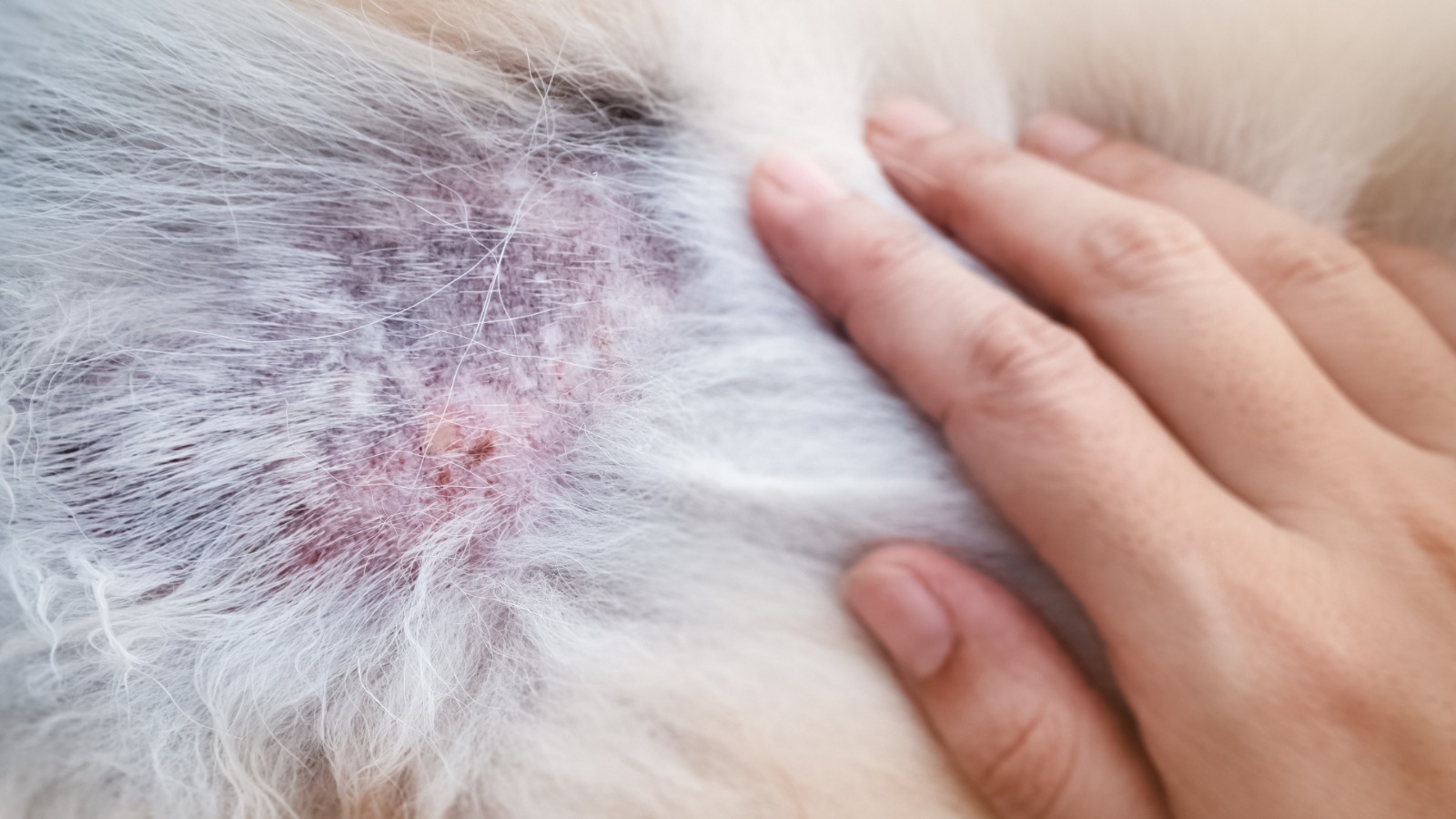
Dietary NeedsGeneral Health
Hotspots: What’s Causing Them, and How To Help
Sep 14 2023
•
6 mins 20 secs
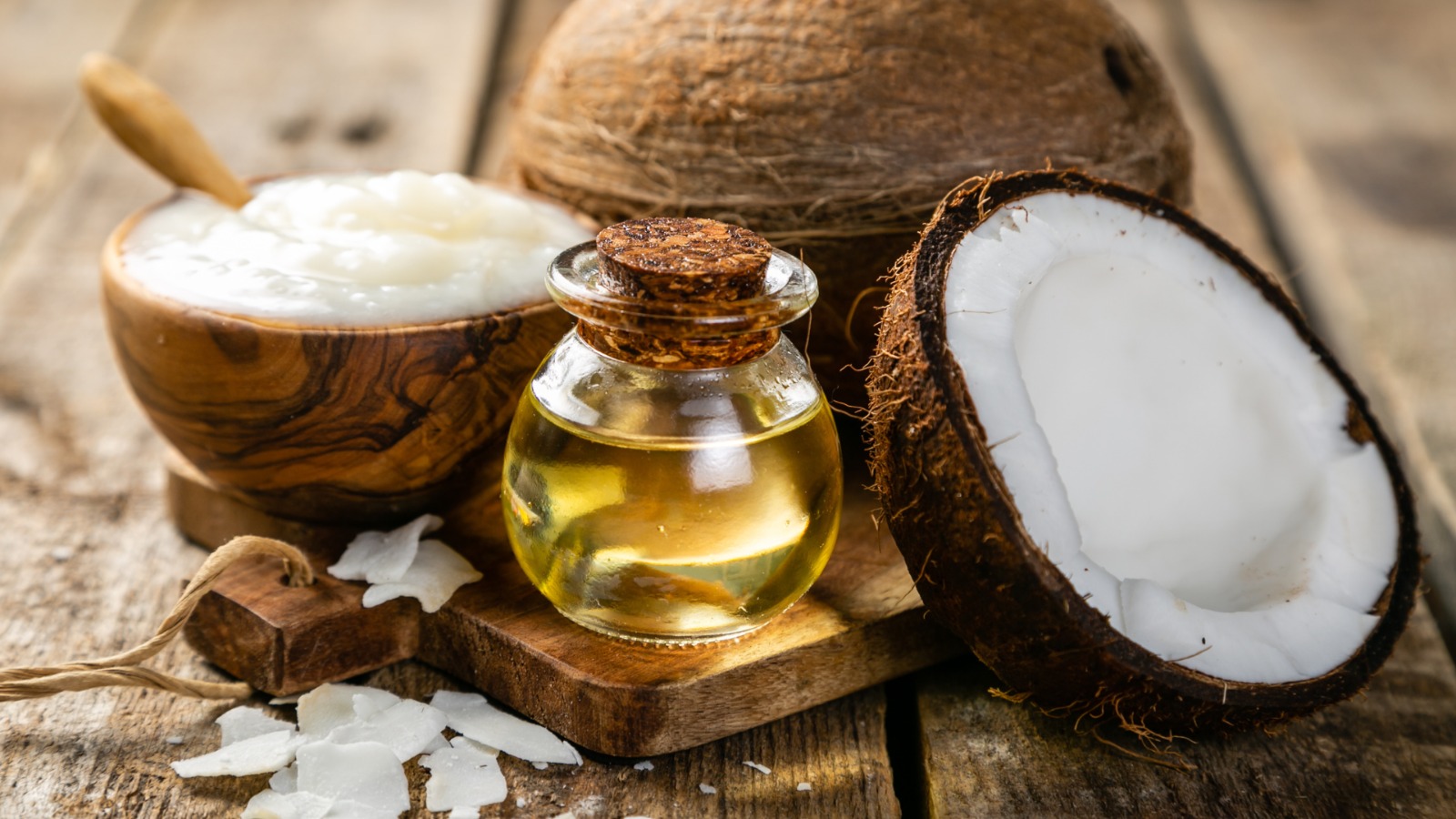
Dietary NeedsGeneral Health
Is Coconut Oil Good, or Bad for My Dog?
Aug 31 2023
•
4 mins 40 secs

Dietary NeedsGeneral Health
Raw Feeding: How to Balance an 80:10:10
Jul 21 2023
•
5 mins 10 secs

Dietary NeedsGeneral Health
Oxalate Stones – What You Need to Know
Jul 13 2023
•
2 mins 40 secs

Dietary NeedsGeneral Health
Cysteine Stones … Everything You Need to Know
Jun 01 2023
•
3 mins 50 secs

Dietary NeedsGeneral Health
Everything you Need to Know About Cushing’s Disease
May 12 2023
•
8 mins 40 secs
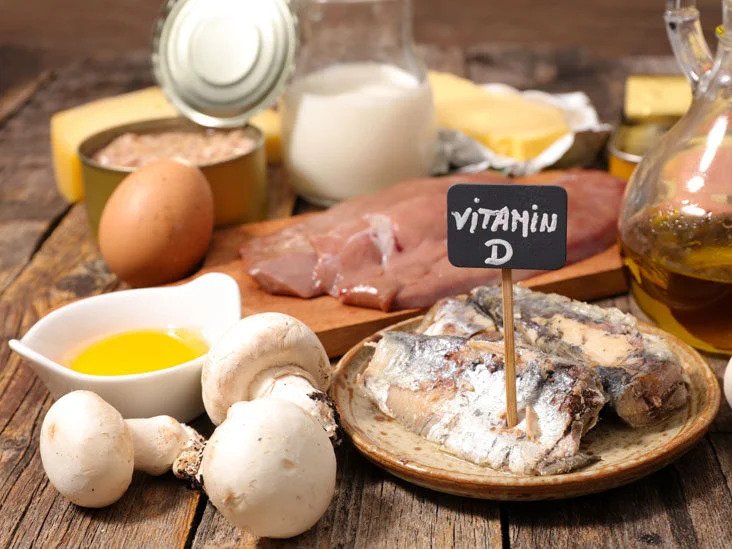
Dietary NeedsGeneral Health
5 Signs My Dog is Deficient in Vitamin D
Apr 27 2023
•
3 mins 20 secs

Dietary NeedsGeneral Health
Hormones, and Their Role in the Body
Apr 20 2023
•
7 mins 12 secs

Dietary NeedsGeneral Health
5 Benefits of Vitamin C for Your Dog
Mar 18 2023
•
4 mins 42 secs

Dietary NeedsGeneral Health
The Link Between Leaky Gut and Arthritis
Jan 31 2023
•
9 mins 40 secs

Dietary NeedsGeneral Health
Top Tips for Keeping Your Dog’s Teeth Clean!
Jan 30 2023
•
9 mins 30 secs

Dietary NeedsGeneral Health
The Connection Between Leaky Gut and Autoimmunity – Part 1
Jan 18 2023
•
4 mins

Dietary NeedsGeneral Health
11 Signs Your Pet Has Low Stomach Acid
Jan 04 2023
•
6 mins 30 secs

Dietary NeedsGeneral Health
Why Does My Dog Drink So Much Water?
Nov 29 2022
•
5 mins 30 secs

Dietary NeedsGeneral Health
Top 10 Tips to Reduce Anxiety During Fireworks Season
Nov 04 2022
•
4 mins

Dietary NeedsGeneral Health
How Can I Use Food To Support My Anxious Dog?
Nov 01 2022
•
3 mins 40 secs

Dietary NeedsGeneral Health
How To Choose Safe and Sustainable Pet Products
Sep 26 2022
•
3 mins 30 secs

Dietary NeedsGeneral Health
6 Things All Pet Owners Should Have In Their Cupboards
Sep 12 2022
•
5 mins 40 secs

Dietary NeedsGeneral Health
5 Things To Include In The Senior Dog’s Bowl
Sep 05 2022
•
4 mins 30 secs

Dietary NeedsGeneral Health
How Does My Dog Manage Toxin Exposure?
Aug 30 2022
•
4 mins 30 secs

Dietary NeedsGeneral Health
How Does The Gut Influence My Pet’s Immune Health
Aug 23 2022
•
4 mins

Dietary NeedsGeneral Health
Support Your Pet’s Gut Health with the 4 R’s
Aug 22 2022
•
4 mins

Dietary NeedsGeneral Health
8 Reasons For Your Dog’s Licking Behaviour
Aug 02 2022
•
7 mins 20 secs

Dietary NeedsGeneral Health
Things To Think About: Skin Health in Dogs
Aug 01 2022
•
7 mins 30 secs

Dietary NeedsGeneral Health
Why Sleep Is So Important For Puppies
Jul 25 2022
•
10 mins 40 secs

Dietary NeedsGeneral Health
Should I Vaccinate My Dog Against Kennel Cough?
Jul 11 2022
•
4 mins 59 secs

Dietary NeedsGeneral Health
The Top Five Water Hazards For Dogs
Jun 27 2022
•
3 mins 13 secs

Dietary NeedsGeneral Health
4 Times You Don’t Want To Feed Veg To Your Dog
Jun 21 2022
•
3 mins 58 secs

Dietary NeedsGeneral Health
How To Support My Dog’s Liver Shunt
Jun 20 2022
•
4 mins 46 secs

Dietary NeedsGeneral Health
Could My Dog’s Coat Type Contribute to Skin Issues?
Jun 16 2022
•
7 mins
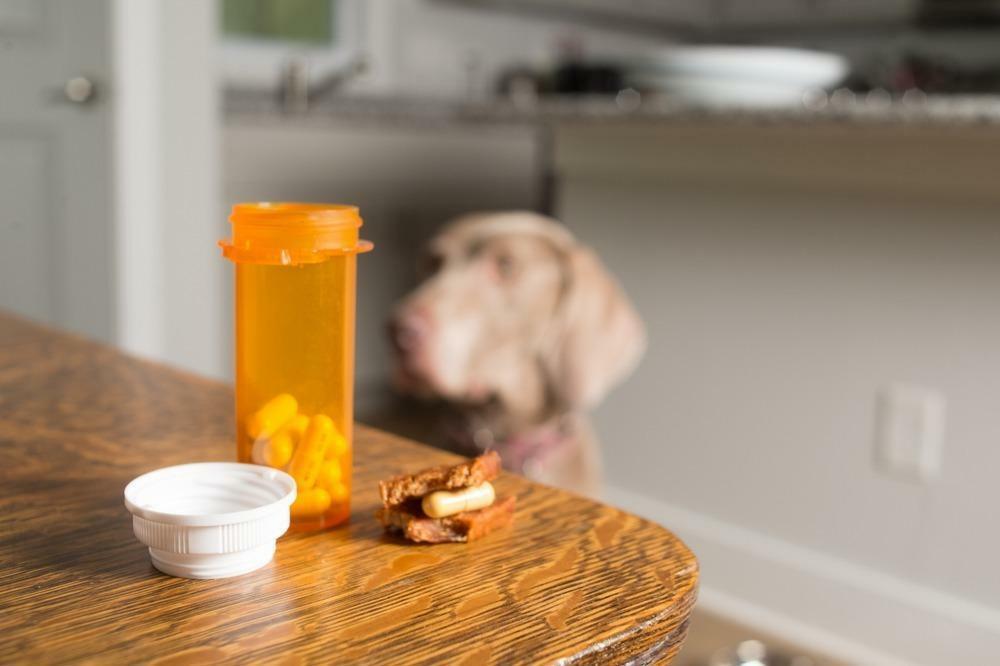
Dietary NeedsGeneral Health
How Do Pain Medications Work In Pets?
Jun 08 2022
•
5 mins 54 secs

Dietary NeedsGeneral Health
How Can We Support the Stressed Cat?
Jun 02 2022
•
6 mins 35 secs

Dietary NeedsGeneral Health
A Systems Approach to Digestive Health in Pets
May 31 2022
•
5 mins 44 secs

Dietary NeedsGeneral Health
3 Tips to Support Your Pet’s Urinary Health
May 26 2022
•
4 mins 46 secs

Dietary NeedsGeneral Health
What Does the Microbiome Have to Do With My Dog’s Bladder Stones?
May 24 2022
•
6 mins 39 secs

Dietary NeedsGeneral Health
Does the Breed of My Dog Influence their Test Results?
May 19 2022
•
2 mins 56 secs

Dietary NeedsGeneral Health
The Nutritional Needs of the Senior Dog
May 12 2022
•
5 mins 26 sec

Dietary NeedsGeneral Health
Supporting The Senior Dog’s Cognitive Function
May 05 2022
•
5 mins 58 secs

Dietary NeedsGeneral Health
4 Tips to Support Your Dog with IBS
Apr 19 2022
•
3 mins 45 secs

Dietary NeedsGeneral Health
Using Nutrition to Support The Stressed Dog
Apr 13 2022
•
8 mins 11 secs

Dietary NeedsGeneral Health
4 Nutrients For The Fussy Eating Dog
Apr 11 2022
•
3 mins 58 secs

Dietary NeedsGeneral Health
5 Nutrients for Eye Health in Dogs
Apr 04 2022
•
4 mins 33 secs

Dietary NeedsGeneral Health
7 Foods That Add Fibre To Your Dog’s Diet
Mar 21 2022
•
5 mins 2 secs

Dietary NeedsGeneral Health
3 Top Tips For Anal Gland Health in Dogs
Mar 21 2022
•
4 mins 23 secs
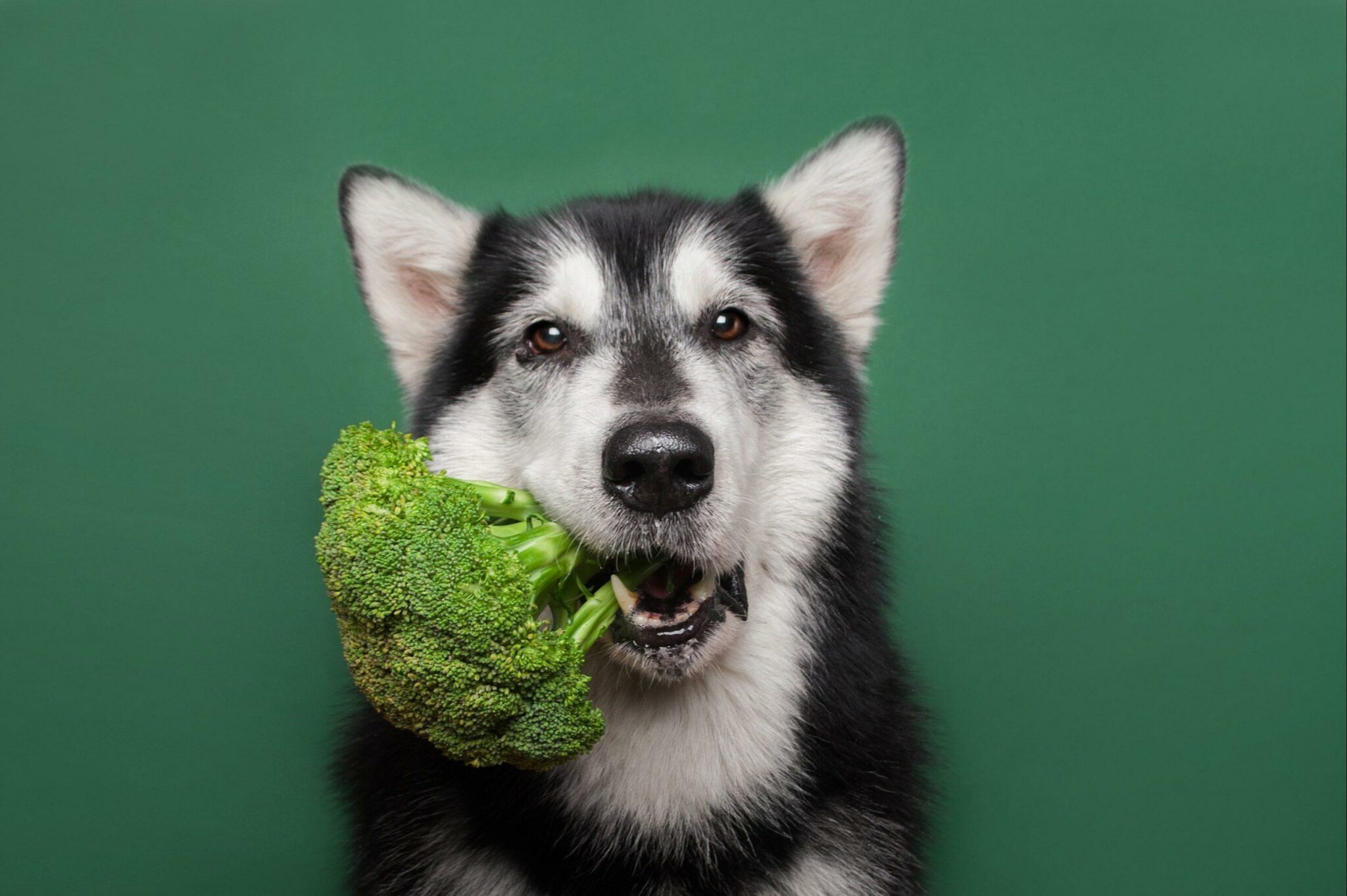
Dietary NeedsGeneral Health
What Are Phytochemicals and Does My Dog Need Them?
Mar 14 2022
•
4 mins 46 secs

Dietary NeedsGeneral Health
What is Addison’s Disease in Dogs?
Mar 07 2022
•
2 mins 40 secs

Dietary NeedsGeneral Health
A Brief Guide to Our Pet’s Pancreas
Mar 07 2022
•
6 mins 24 secs

Dietary NeedsGeneral Health
Do We Need to Boost Our Pet’s Immune System?
Feb 15 2022
•
4 mins 42 secs

Dietary NeedsGeneral Health
5 Wonderful Herbs for Dog Joint Care
Feb 07 2022
•
5 mins 3 secs

Dietary NeedsGeneral Health
What is Cat Acne? Our Top Tips to Tackle It
Jan 31 2022
•
5 mins 54 secs

Dietary NeedsGeneral Health
How Can I Help My Cat Lose Weight?
Jan 31 2022
•
4 mins 30 secs

Dietary NeedsGeneral Health
Why Does My Dog Need Vitamins? Part Two – The Water-Soluble Vitamins
Jan 24 2022
•
6 mins 42 secs

Dietary NeedsGeneral Health
Why Does My Dog Need Vitamins? Part One – The Fat-Soluble Vitamins
Jan 24 2022
•
5 mins 51 secs

Dietary NeedsGeneral Health
4 Superfoods for Liver Health in Dogs
Jan 19 2022
•
4 mins 15 secs
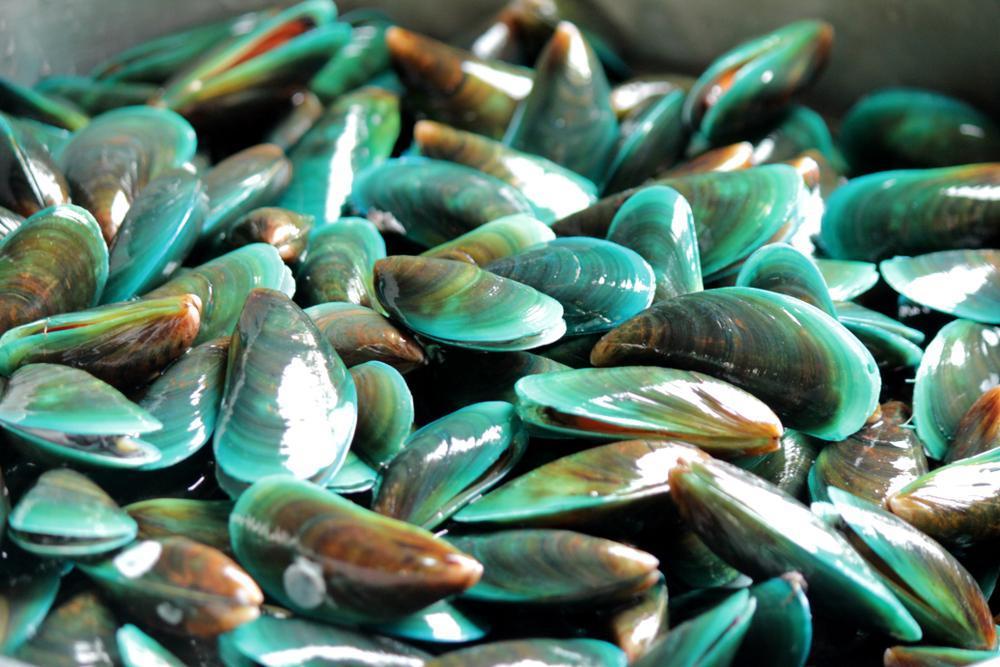
Dietary NeedsGeneral Health
5 Superfoods for Joint Health in Dogs
Jan 12 2022
•
4 mins 52 secs

Dietary NeedsGeneral Health
Nutrients for Bone and Joint Health in Pets
Jan 10 2022
•
5 mins 3 secs

Dietary NeedsGeneral Health
4 Air Purifying Plants That Are Safe for Pets
Jan 05 2022
•
3 mins 40 secs

Christmas Calm: Our Top Nutritional Tips to Support Your Canine
Dec 22 2021
•
2 mins 43 secs

Dietary NeedsGeneral Health
3 Pillars for Pet Guardian Health This Winter
Dec 13 2021
•
6 mins 12 secs

Dietary NeedsGeneral Health
Feeding Bones: A Mini Guide To Bones
Dec 07 2021
•
5 mins 56 secs

Dietary NeedsGeneral Health
The Importance of Iron in Pet Health
Nov 23 2021
•
5 mins 10 secs

Dietary NeedsGeneral Health
What Can I Do For My Dog’s Bladder Stones
Nov 04 2021
•
4 mins 56 secs

Dietary NeedsGeneral Health
Our Top Nutrients for General Kidney Health
Oct 06 2021
•
5 mins 56 secs

Dietary NeedsGeneral Health
A Brief Guide to The Canine Urinary System
Oct 06 2021
•
5 mins 6 secs

Dietary NeedsGeneral Health
Why Does My Dog Need Minerals – Part Two
Sep 23 2021
•
12 min read

Dietary NeedsGeneral Health
Why Does My Dog Need Minerals – Part One
Sep 22 2021
•
7 min read

Dietary NeedsGeneral Health
Are We Really That Good At Doing It Ourselves?
Sep 09 2021
•
10 min read

Dietary NeedsGeneral Health
To Fast Or Not To Fast? That Is The Question
Aug 23 2021
•
5 min read

Dietary NeedsGeneral Health
Dog Allergies – The Hypoallergenic Myth
Aug 11 2021
•
5 min read

Dietary NeedsGeneral Health
My Pet Eats Grass, Should I be Worried?
Jul 27 2021
•
5 min read

Dietary NeedsGeneral Health
Can Stress Affect My Dog’s Digestive System?
Jul 26 2021
•
8 min read

Dietary NeedsGeneral Health
Parasites and What You Really Need to Know
May 17 2021
•
9 min read

Dietary NeedsGeneral Health
The Importance of Nature for Human and Dog Health
May 12 2021
•
5 min read

Dietary NeedsGeneral Health
How Food Affects Your Dog’s Behaviour
Apr 22 2021
•
10 min read

Dietary NeedsGeneral Health
How Nutrition Affects Your Pet’s Genes
Apr 19 2021
•
15 min read
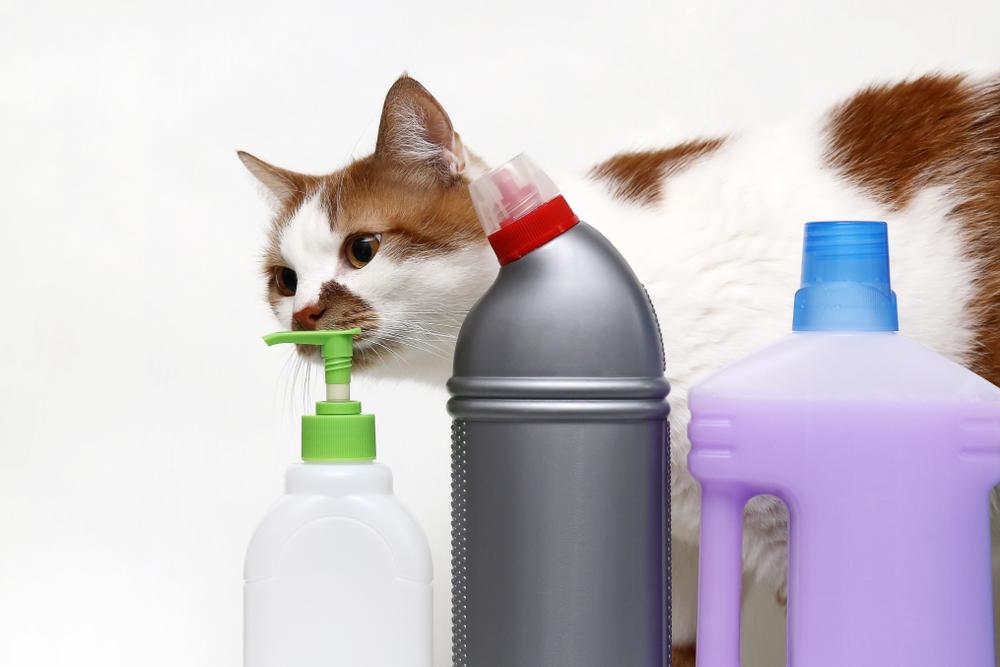
Dietary NeedsGeneral Health
The Struggle of the Cat in our Toxic World
Mar 09 2021
•
8 min read

Dietary NeedsGeneral Health
Can Genes Result in Poor Skin Function?
Mar 03 2021
•
8 min read

Dietary NeedsGeneral Health
Dogs in pain – what is it and how to look for it?
Jan 28 2021
•
8 min read

Dietary NeedsGeneral Health
5 Top Tips for Dealing with a Fussy Eater
Jan 18 2021
•
6 mins 57 secs

Dietary NeedsGeneral Health
5 Reasons Why Your Dog May Have Diarrhoea
Jan 07 2021
•
6 min read

Dietary NeedsGeneral Health
5 Reasons Your Dog May Have Bad Breath
Nov 30 2020
•
7 min read
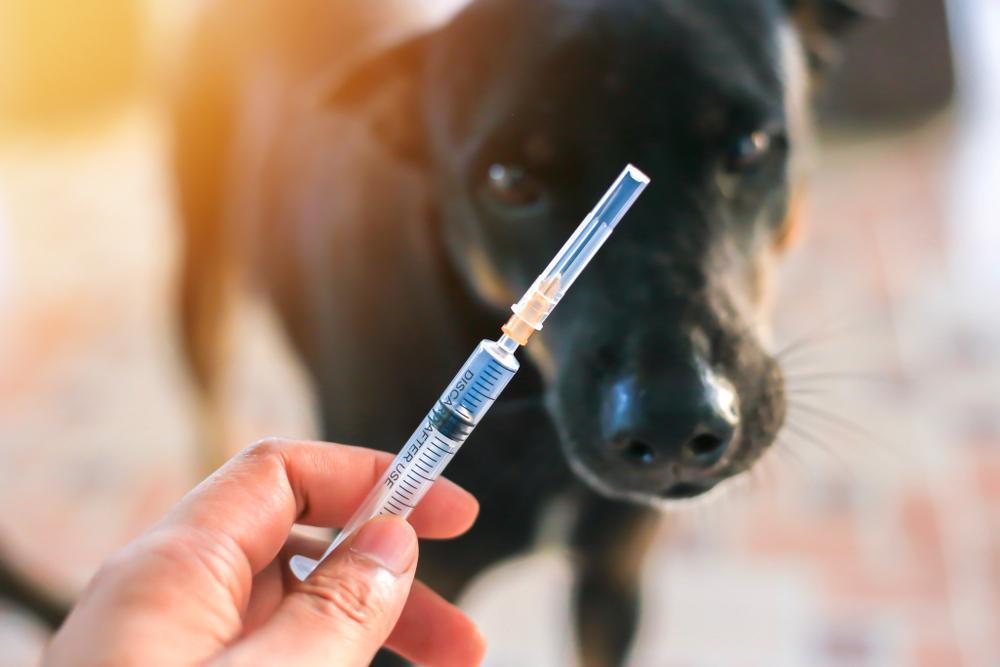
Dietary NeedsGeneral Health
Vaccinosis: Damage Vaccinations Can Cause Your Pet
Nov 10 2020
•
13 min read

Dietary NeedsGeneral Health
To Lepto or not Lepto? That is the Question
Nov 09 2020
•
9 min read

Dietary NeedsGeneral Health
6 Nutritional Tips for Your Anxious Dog
Nov 02 2020
•
9 min read
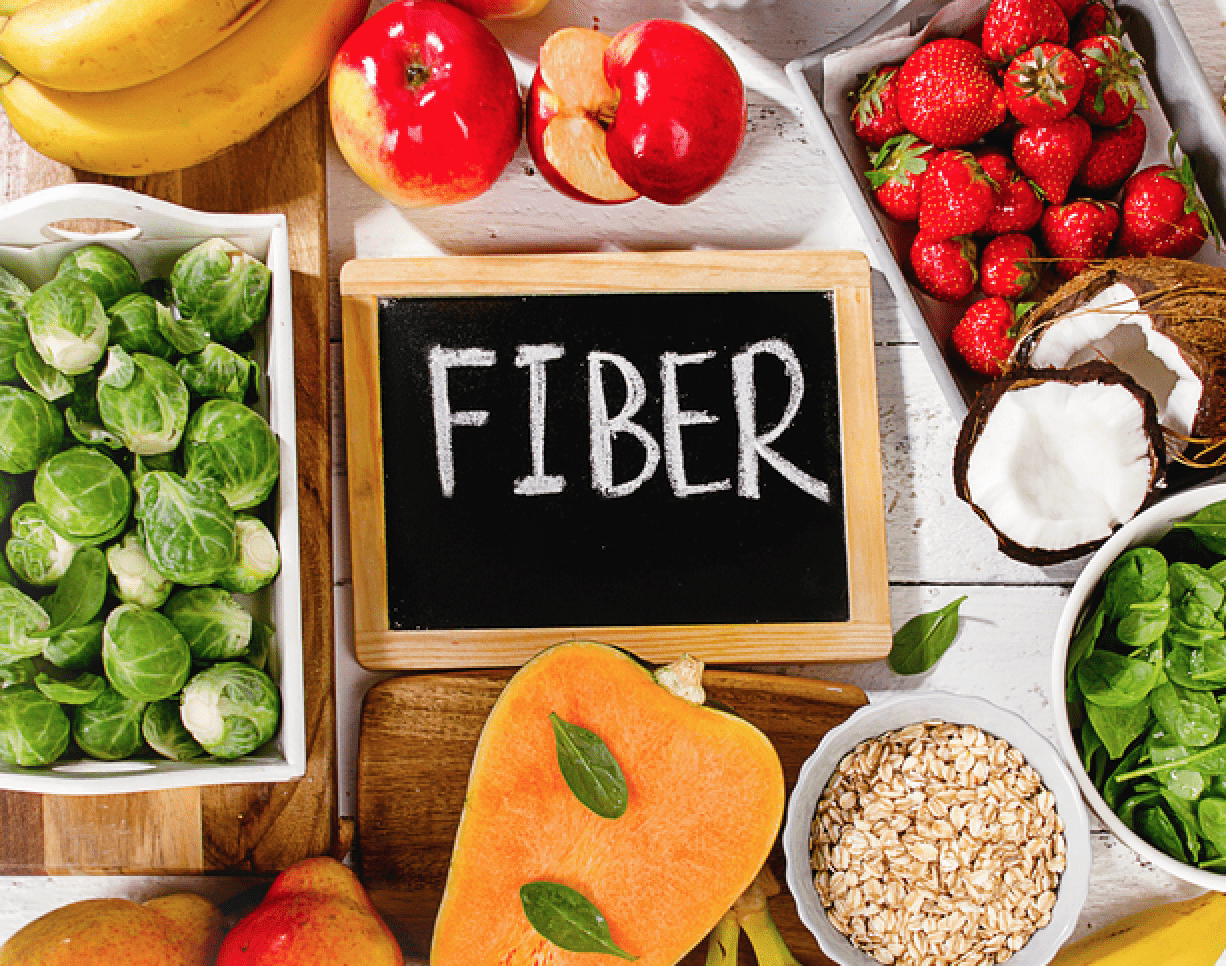
Dietary NeedsGeneral Health
5 Reasons Why Fibre is Your Dog’s Best Friend
Oct 28 2020
•
7 min read

Dietary NeedsGeneral Health
How Traditional Chinese Medicine Can Help My Dog
Oct 21 2020
•
7 min read

Dietary NeedsGeneral Health
Why Probiotics Are Good For You And Your Dog
Oct 20 2020
•
8 min read

Dietary NeedsGeneral Health
Obesity and Musculoskeletal Health in Dogs
Oct 06 2020
•
6 min read

Dietary NeedsGeneral Health
When Should I Be Worried About My Dog Panting?
Aug 25 2020
•
9 min read
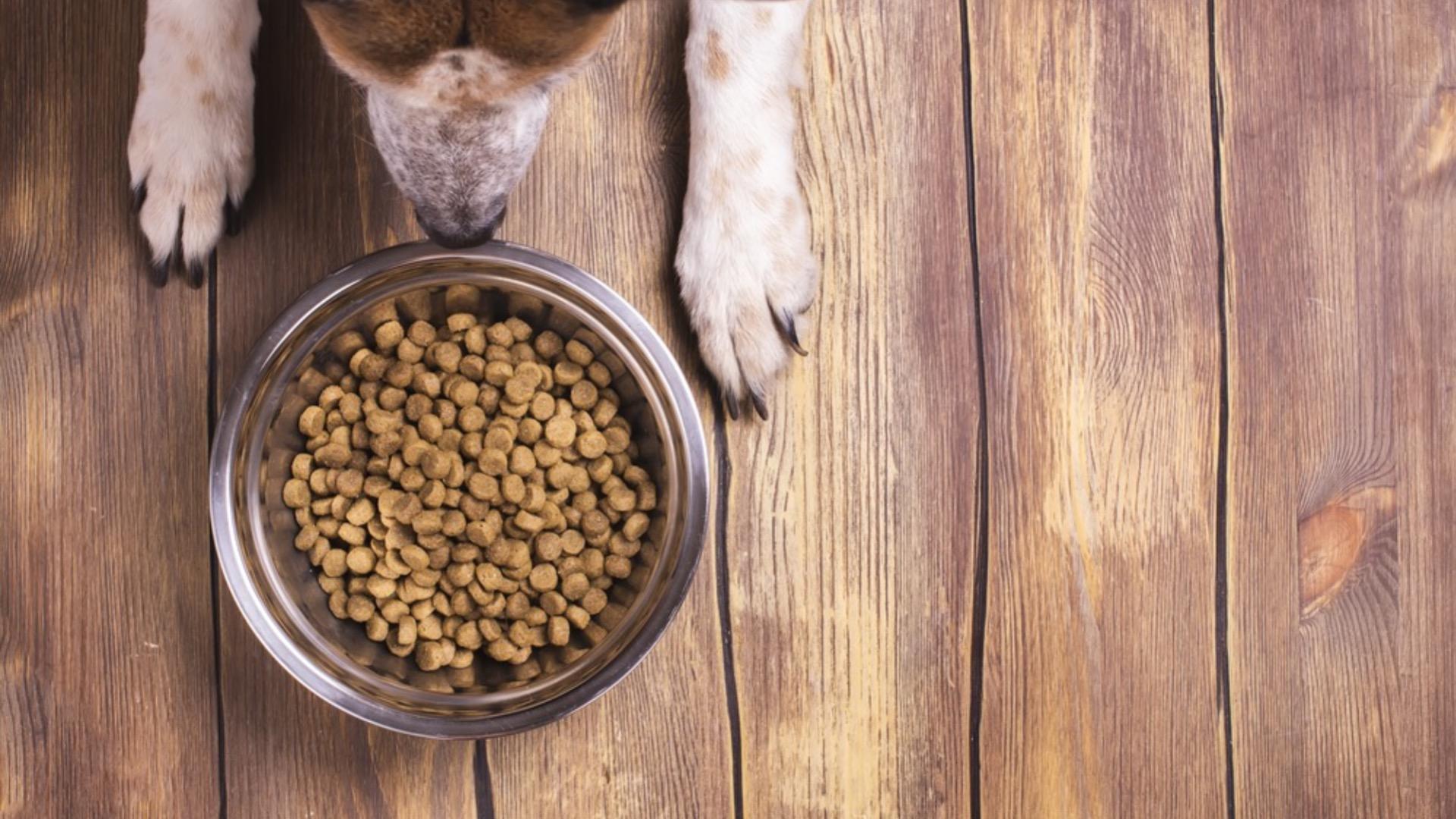
Dietary NeedsGeneral Health
Why Dry Food is Not Good for your Pets
May 19 2020
•
5 min read

Dietary NeedsGeneral Health
Everything you Need to Know About Vaccinations
Apr 22 2020
•
7 min read
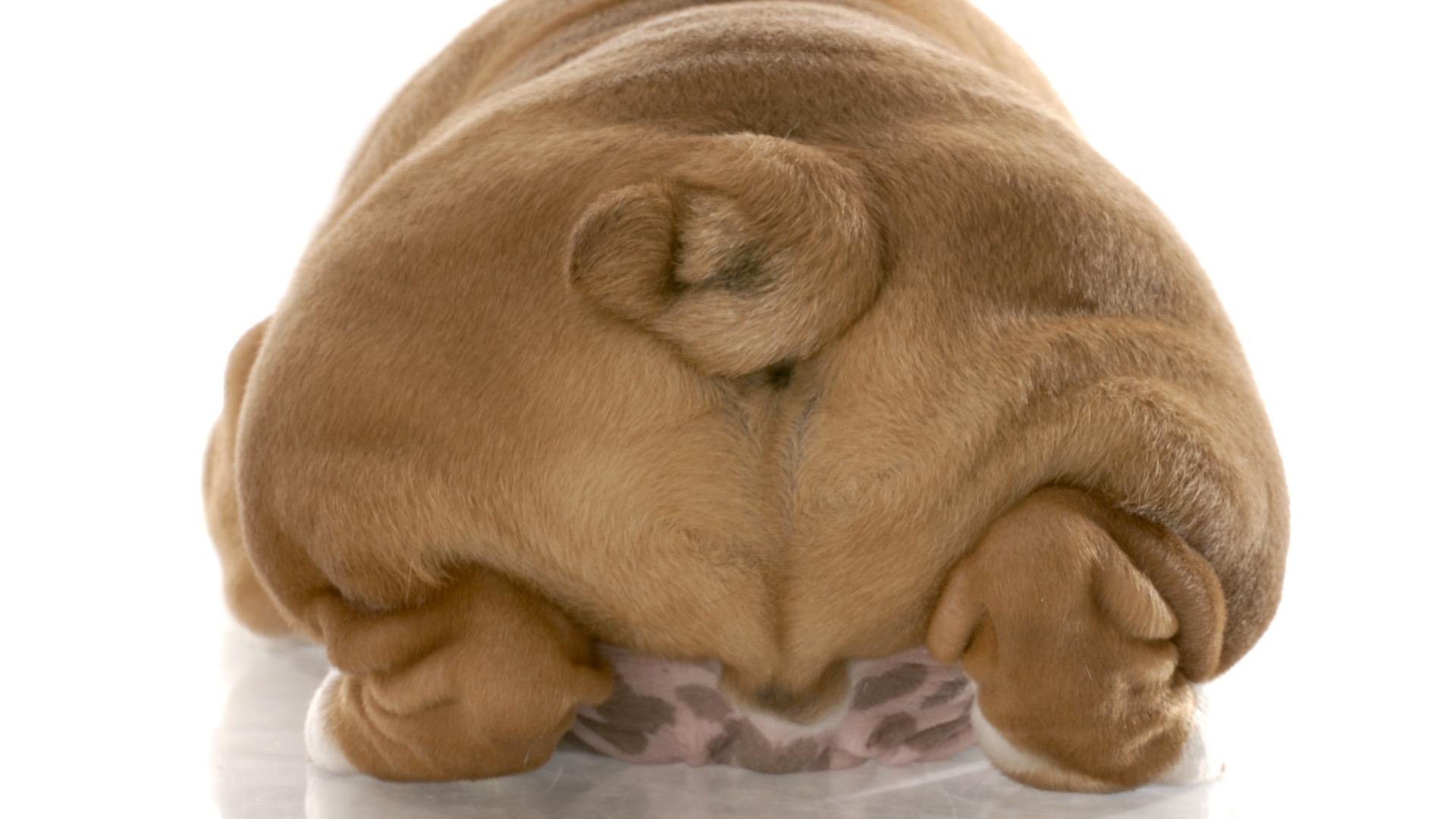
Dietary NeedsGeneral Health
The 4 Corner Stones for Healthy Anal Glands, Naturally
Mar 27 2020
•
10 min read
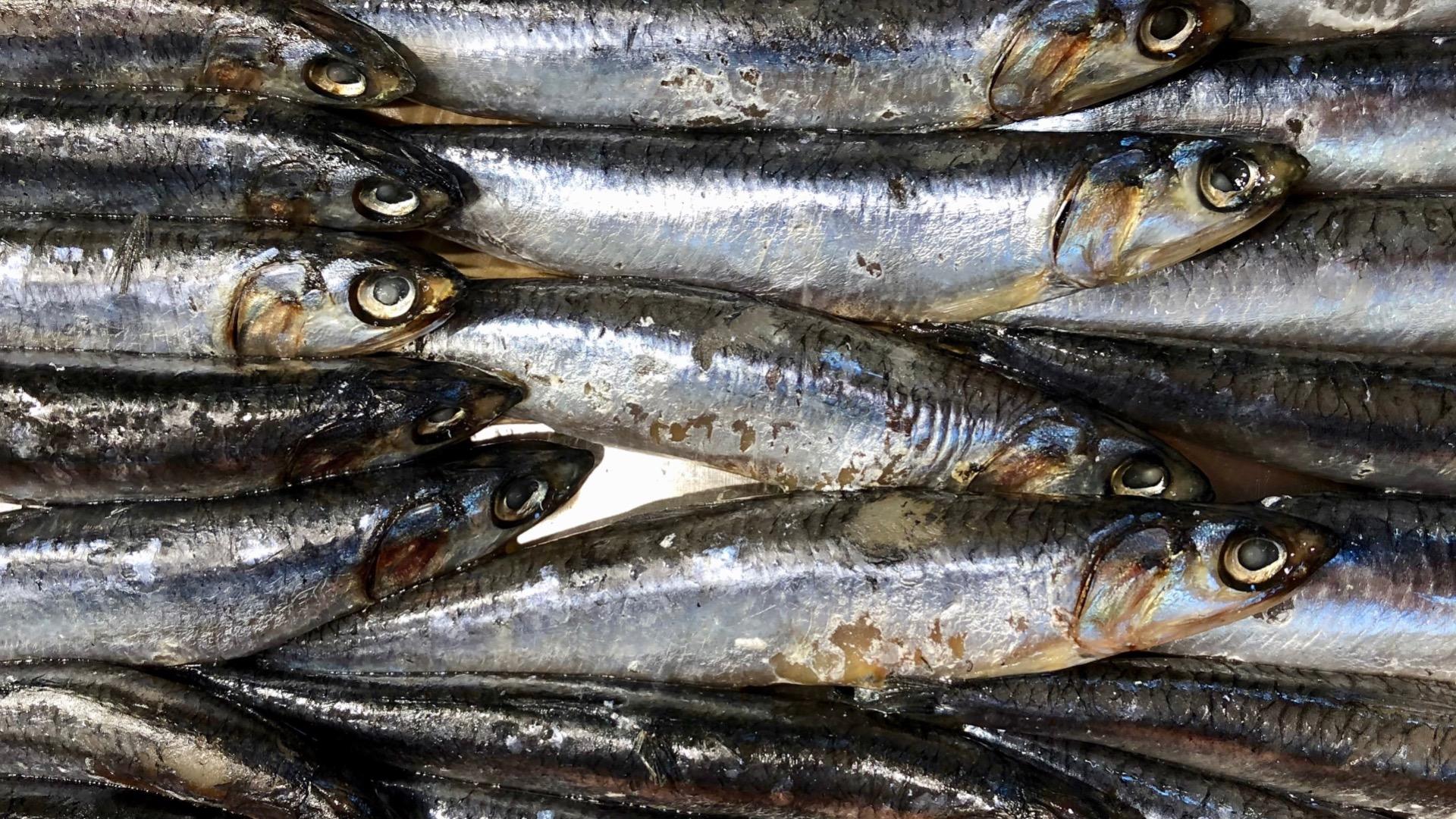
Dietary NeedsGeneral Health
Essential Fats for my Dog’s Diet: The Ultimate Guide
Mar 24 2020
•
10 min read

Dietary NeedsGeneral Health
7 Steps to Optimal Gut Health for Pets
Mar 13 2020
•
8 min read
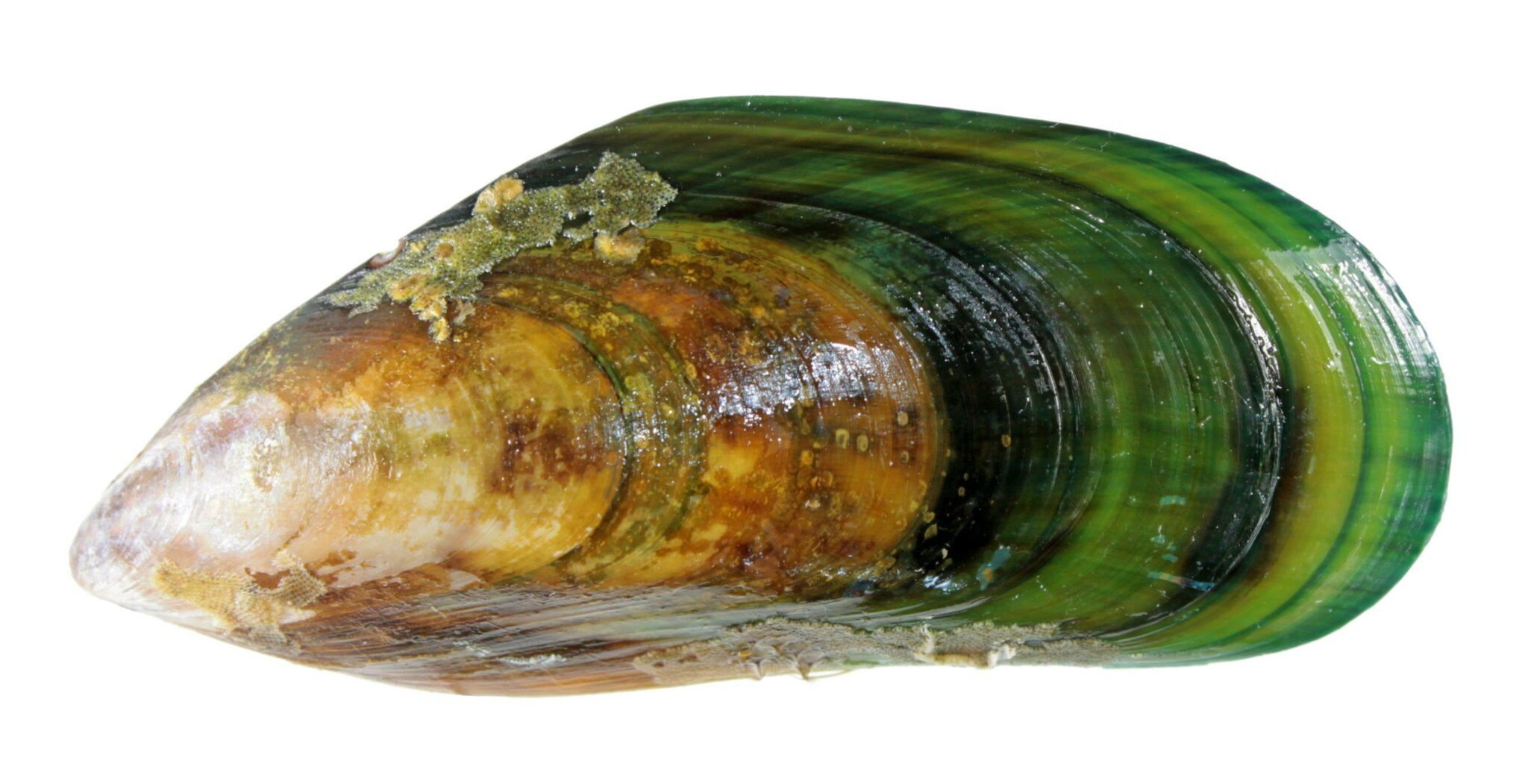
Dietary NeedsGeneral Health
Groovy Green Lipped Mussels for Joints
Feb 28 2020
•
2 min read

Dietary NeedsGeneral Health
7 Top Reasons to use Clay in your Dog’s Diet Regime
Feb 20 2020
•
5 min read

Dietary NeedsGeneral Health
How to choose the right supplements for my pet!
Nov 15 2019
•
6 min read

Dietary NeedsGeneral Health
Raw meat-based diets and The Royal Society Publishing
Oct 16 2019
•
6 min read

Dietary NeedsGeneral Health
What is the best food to feed my cat or dog?
Oct 10 2019
•
5 min read
✕





